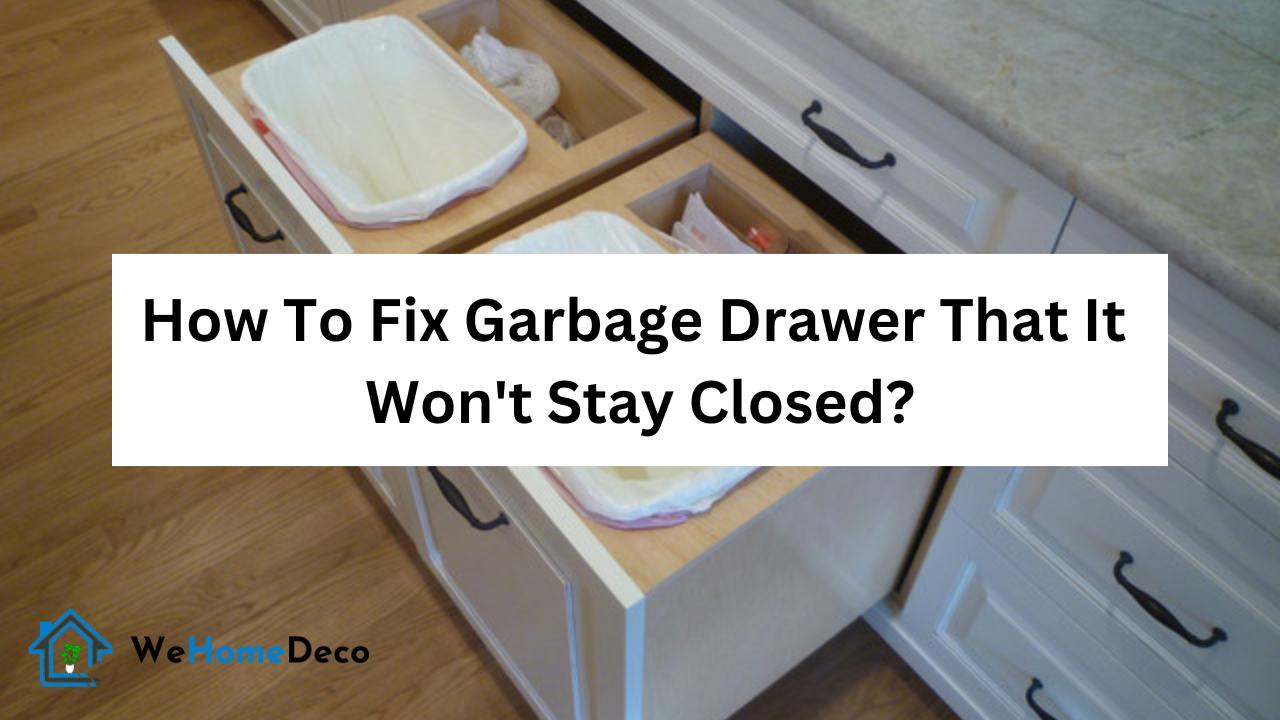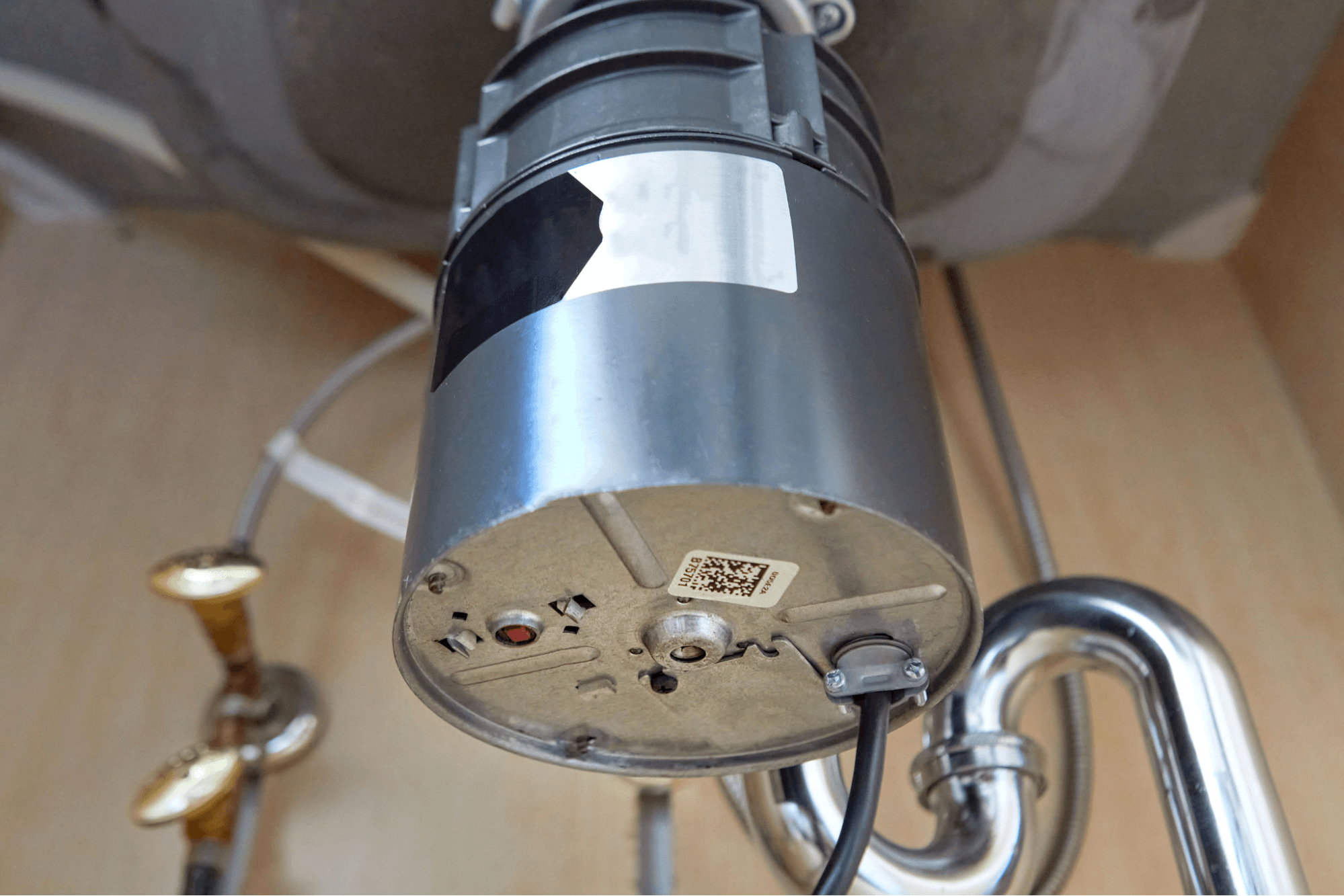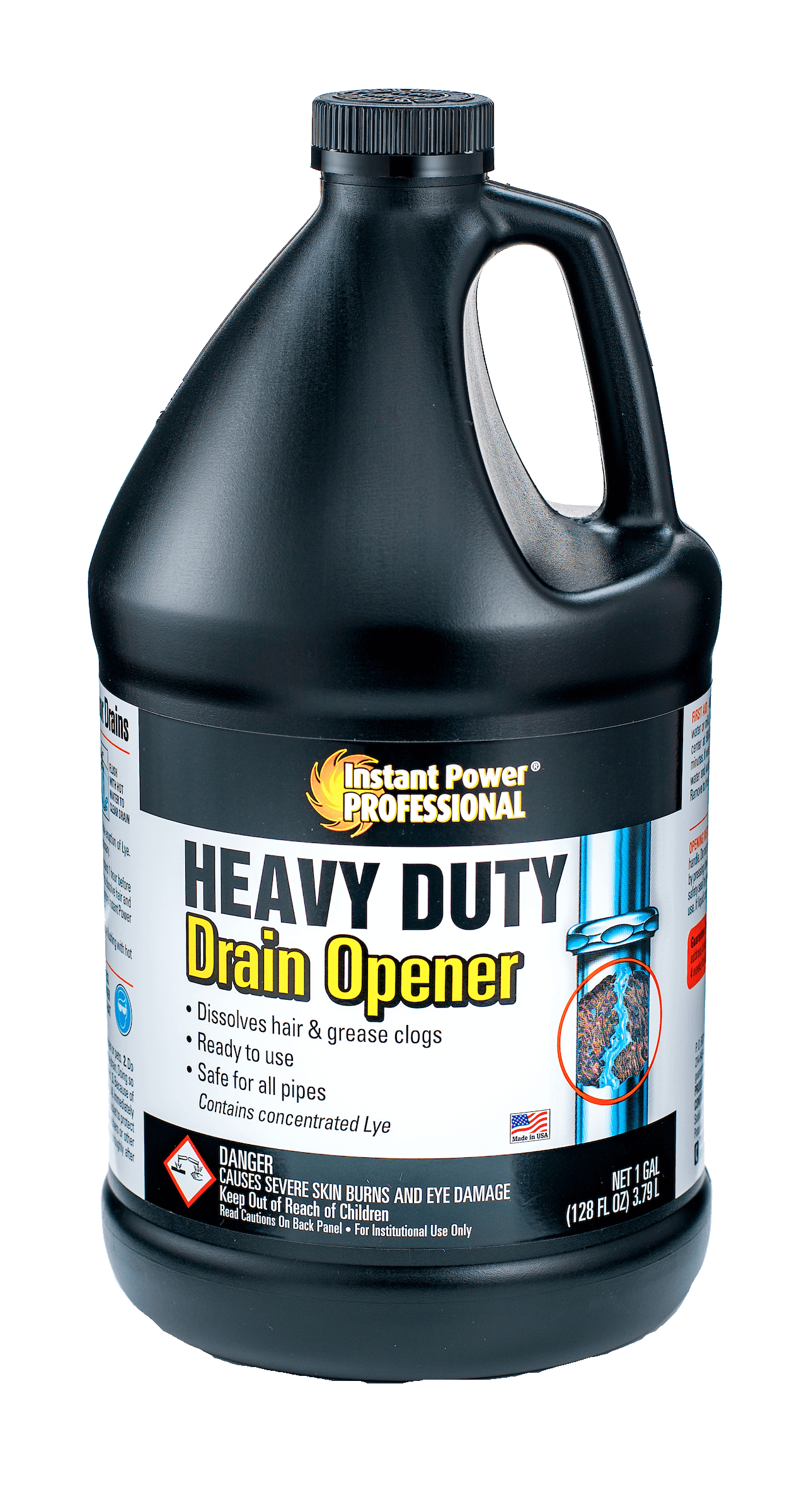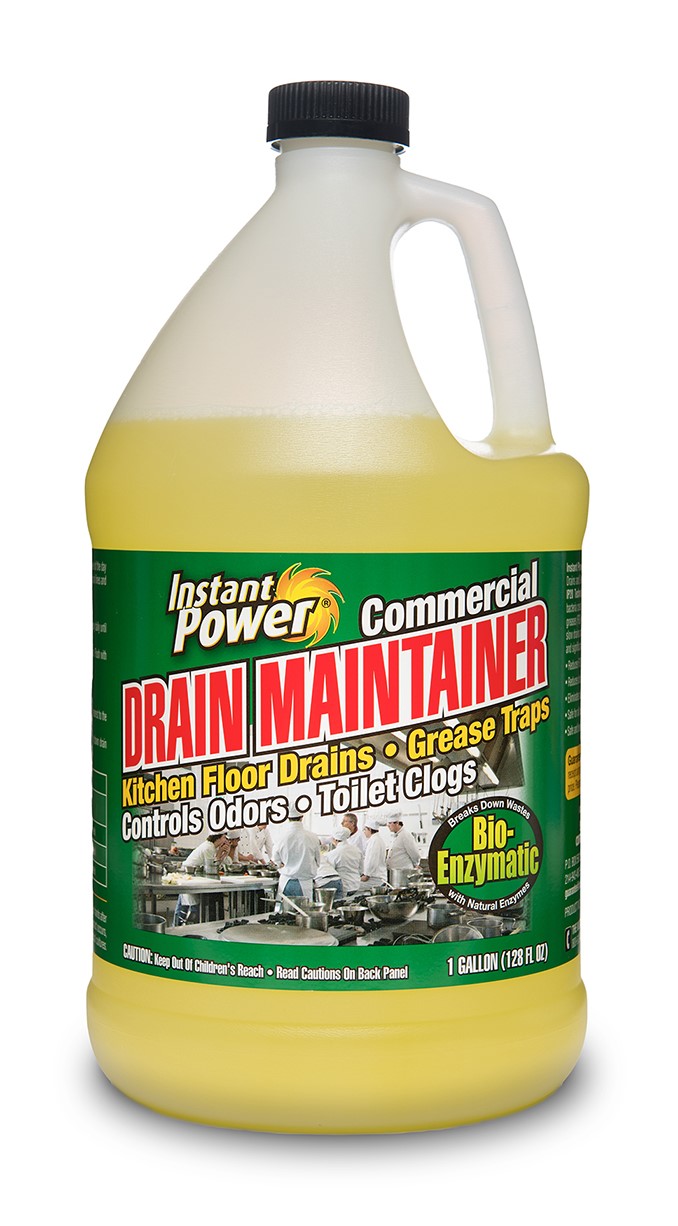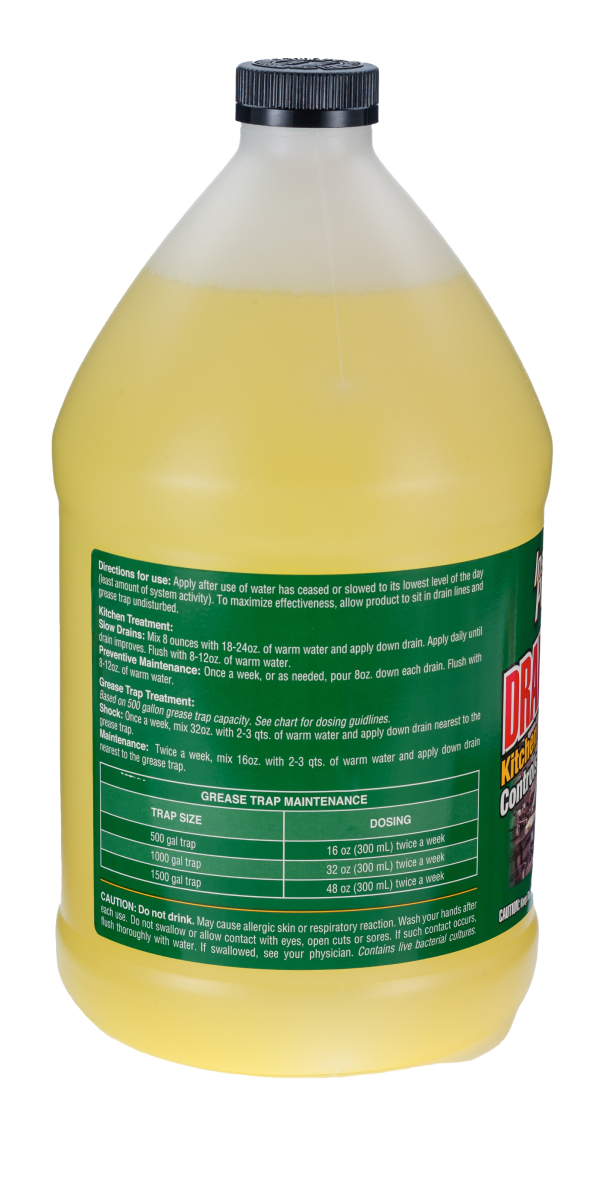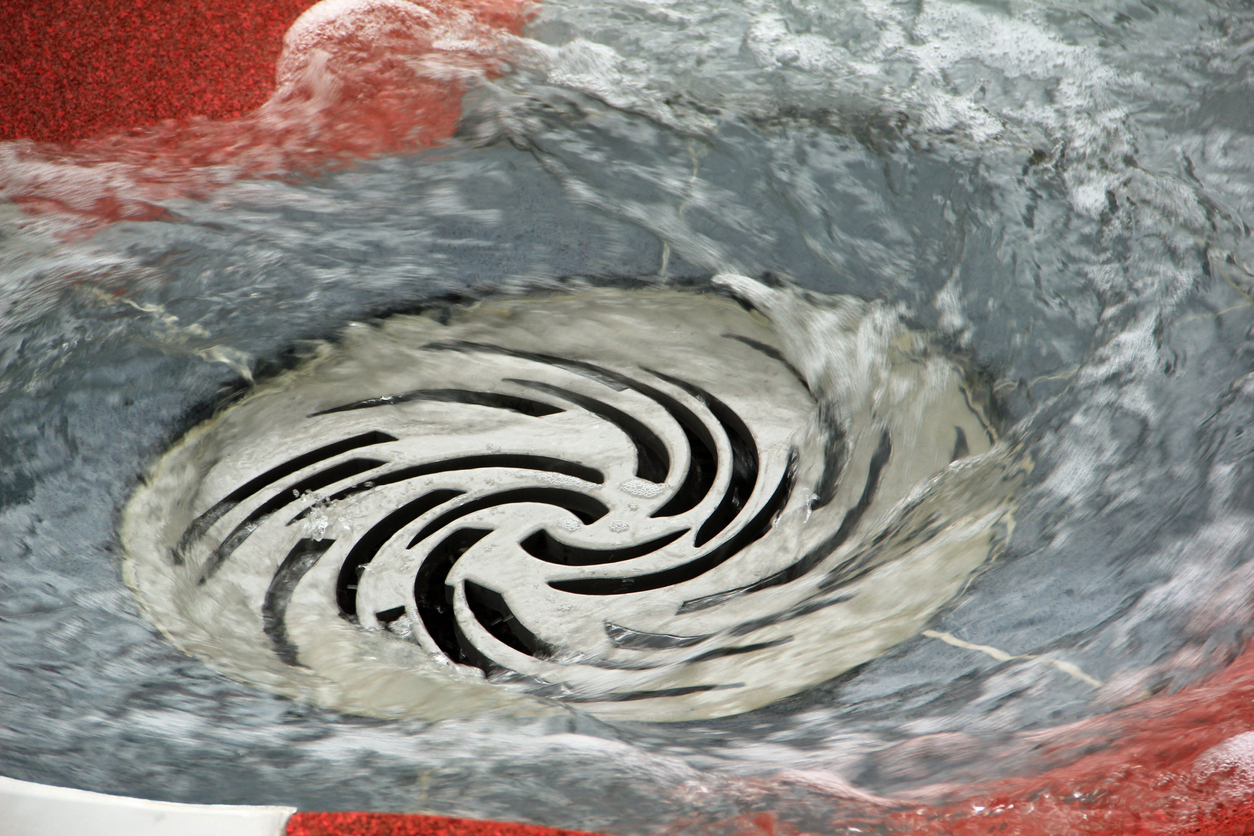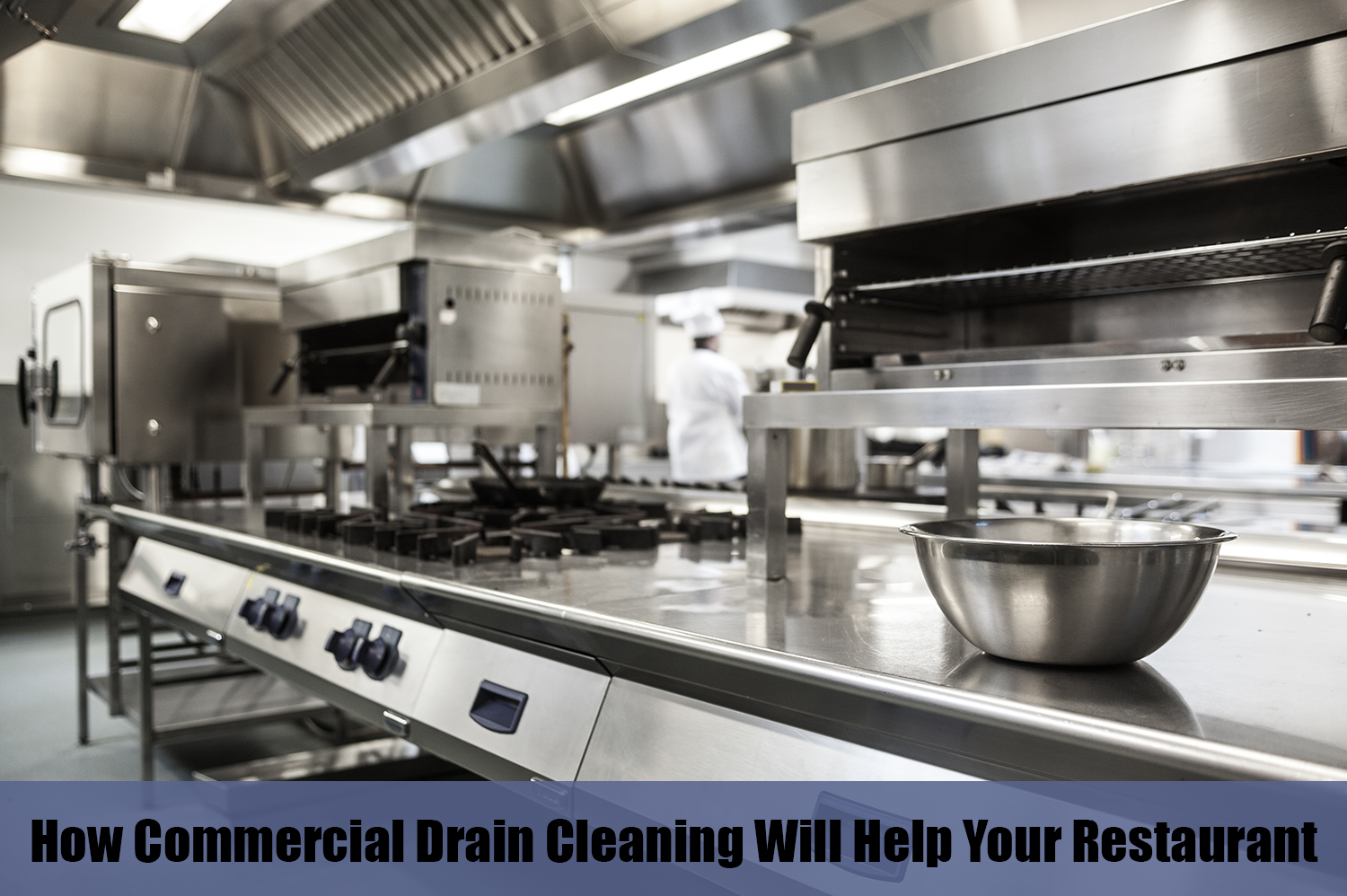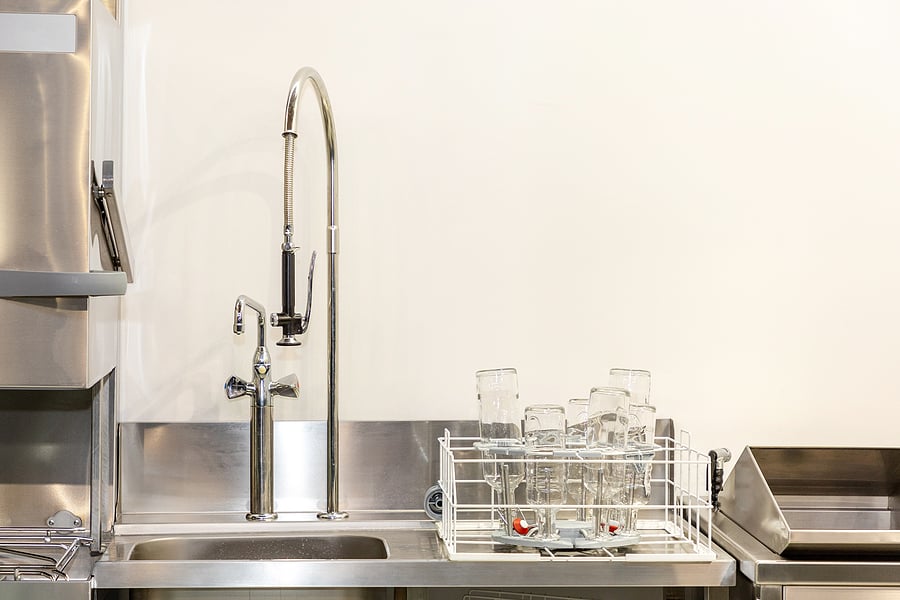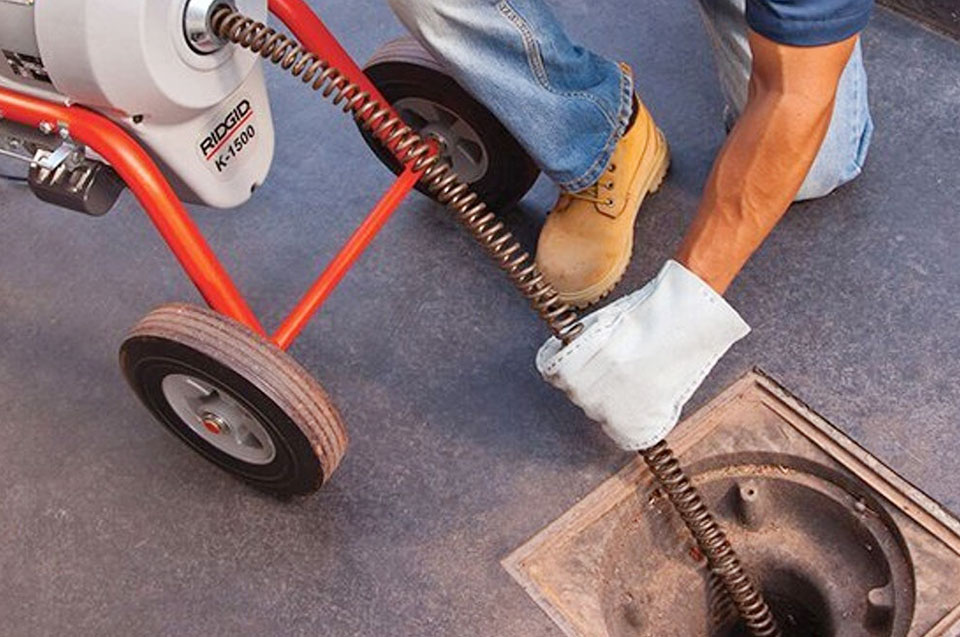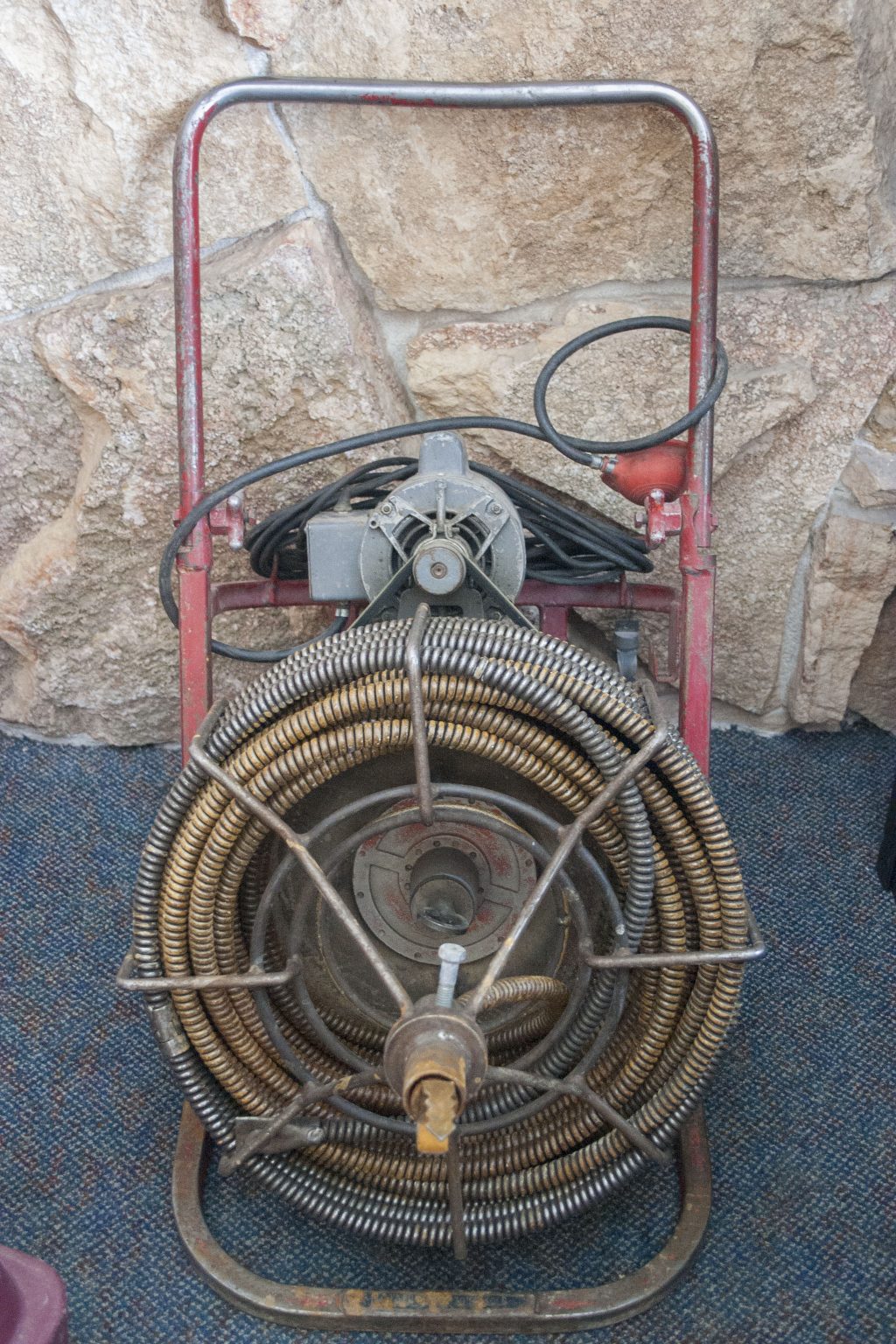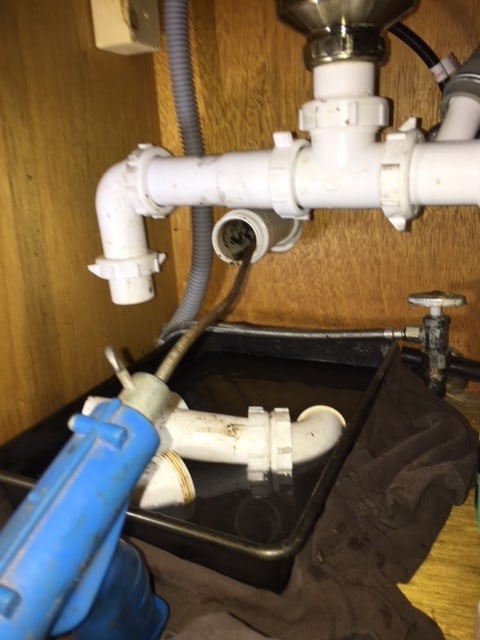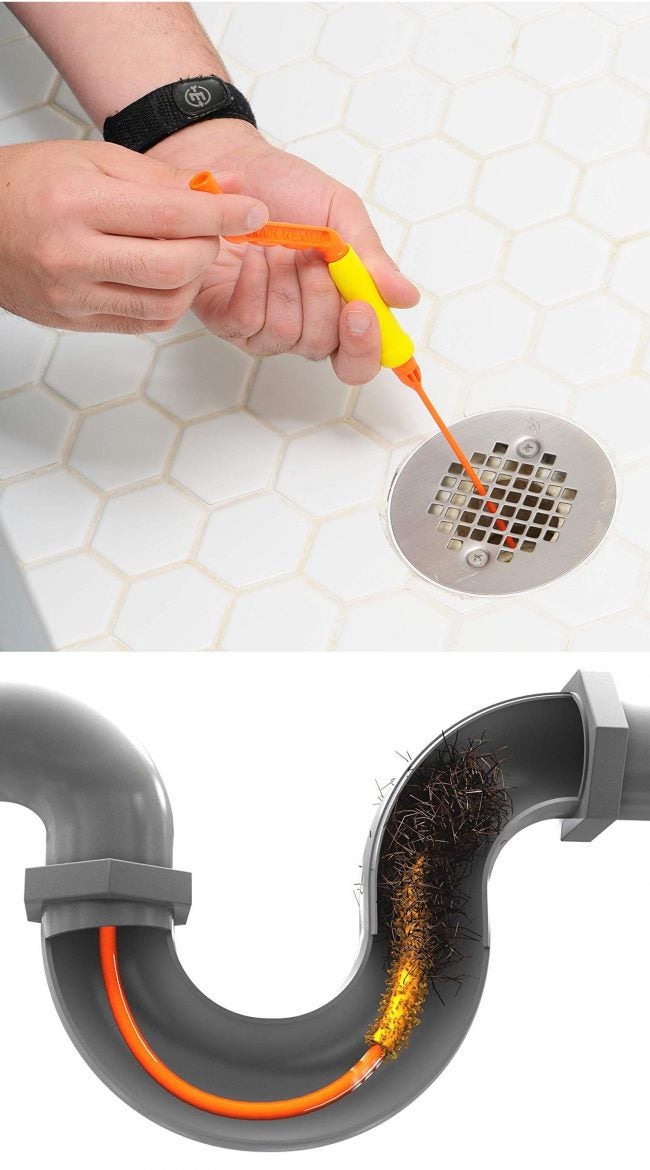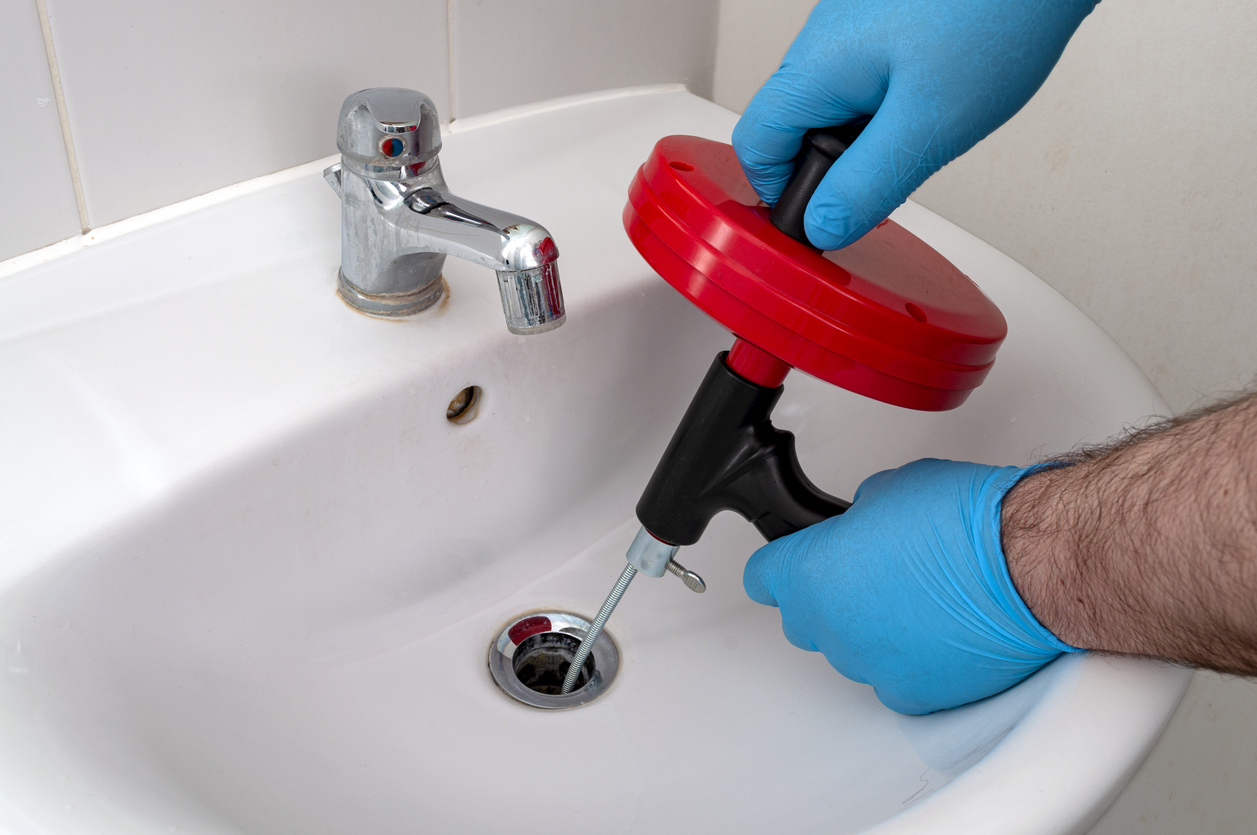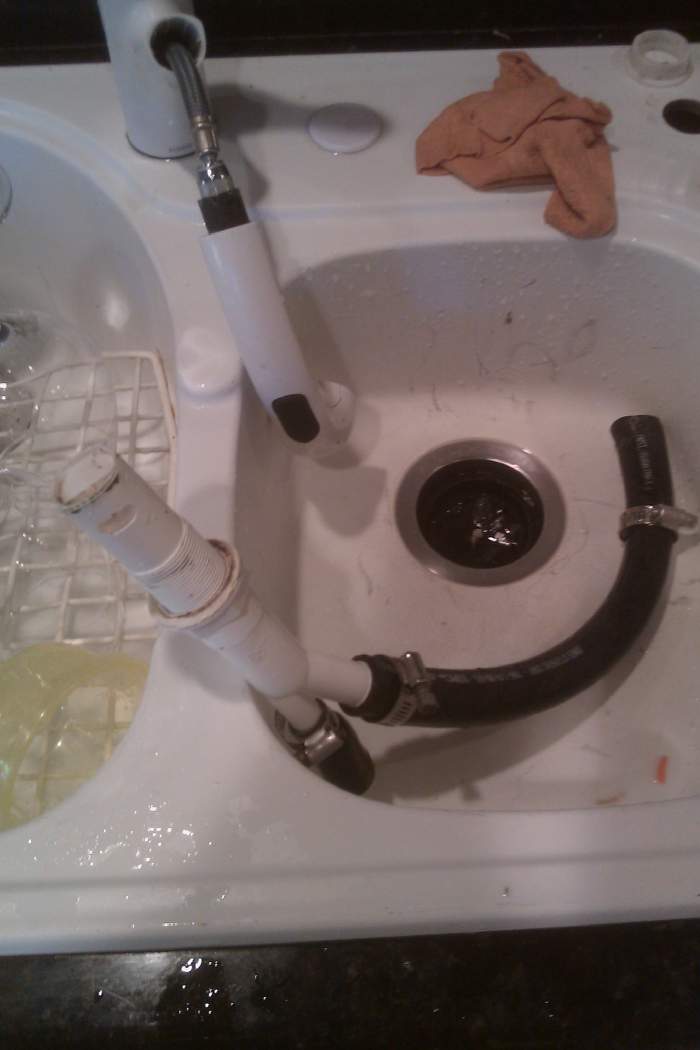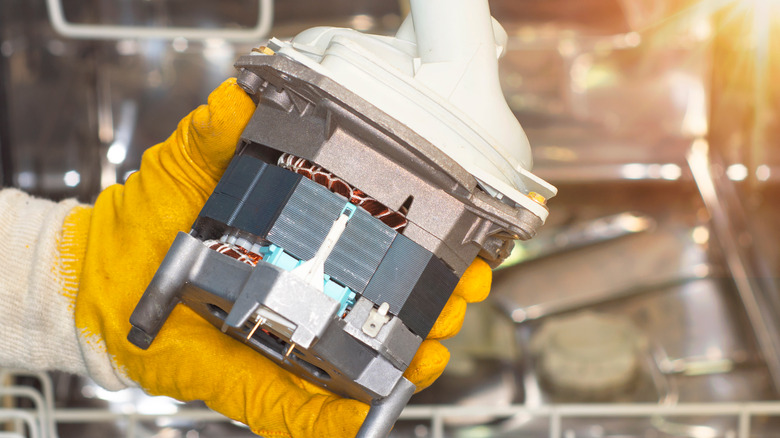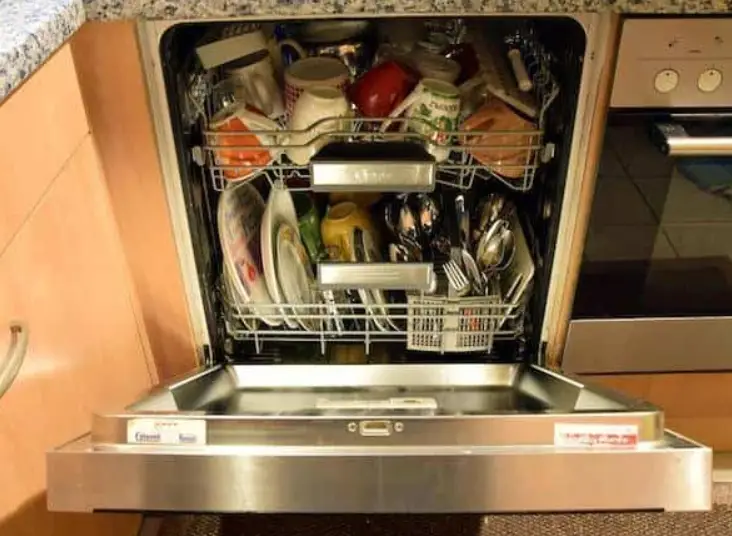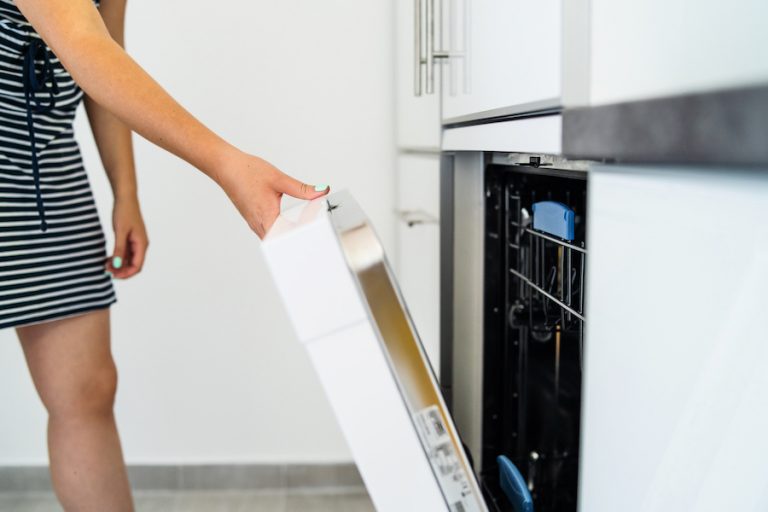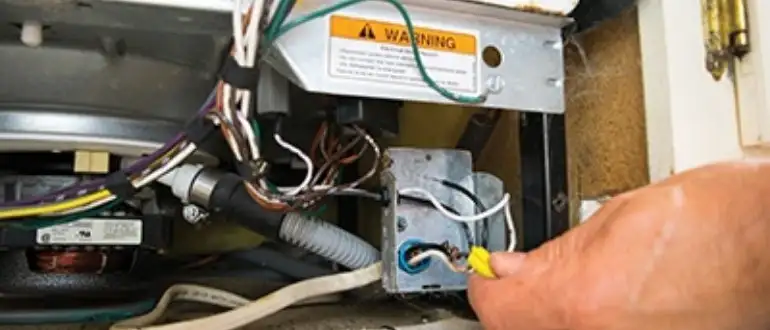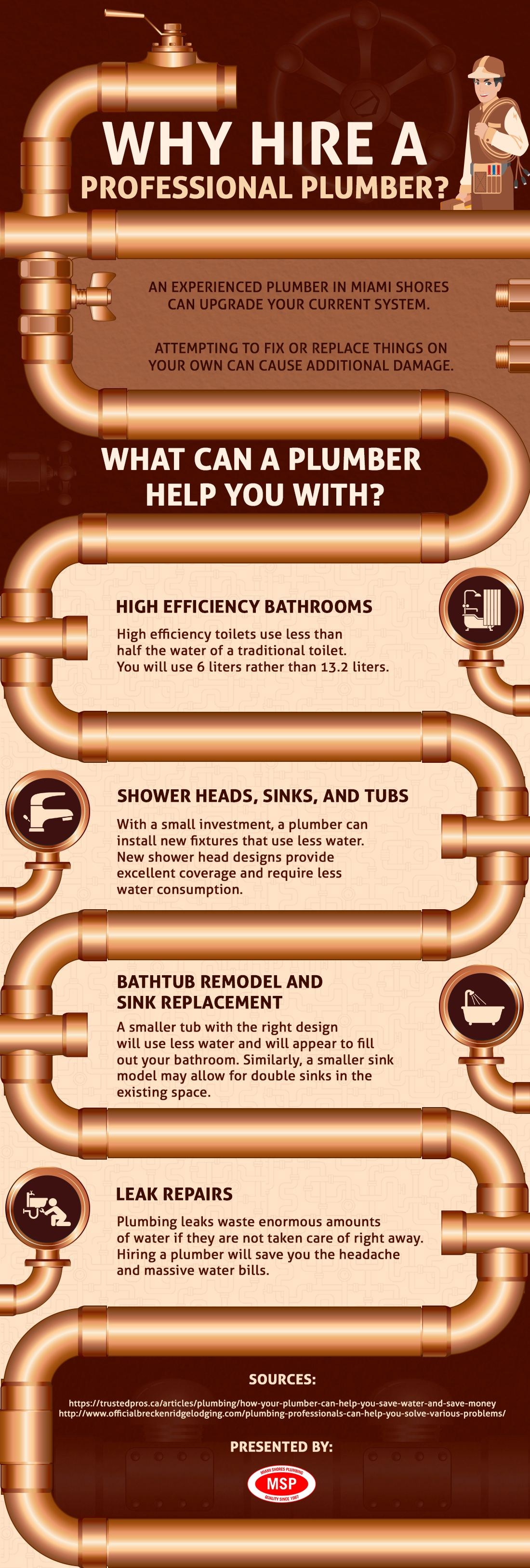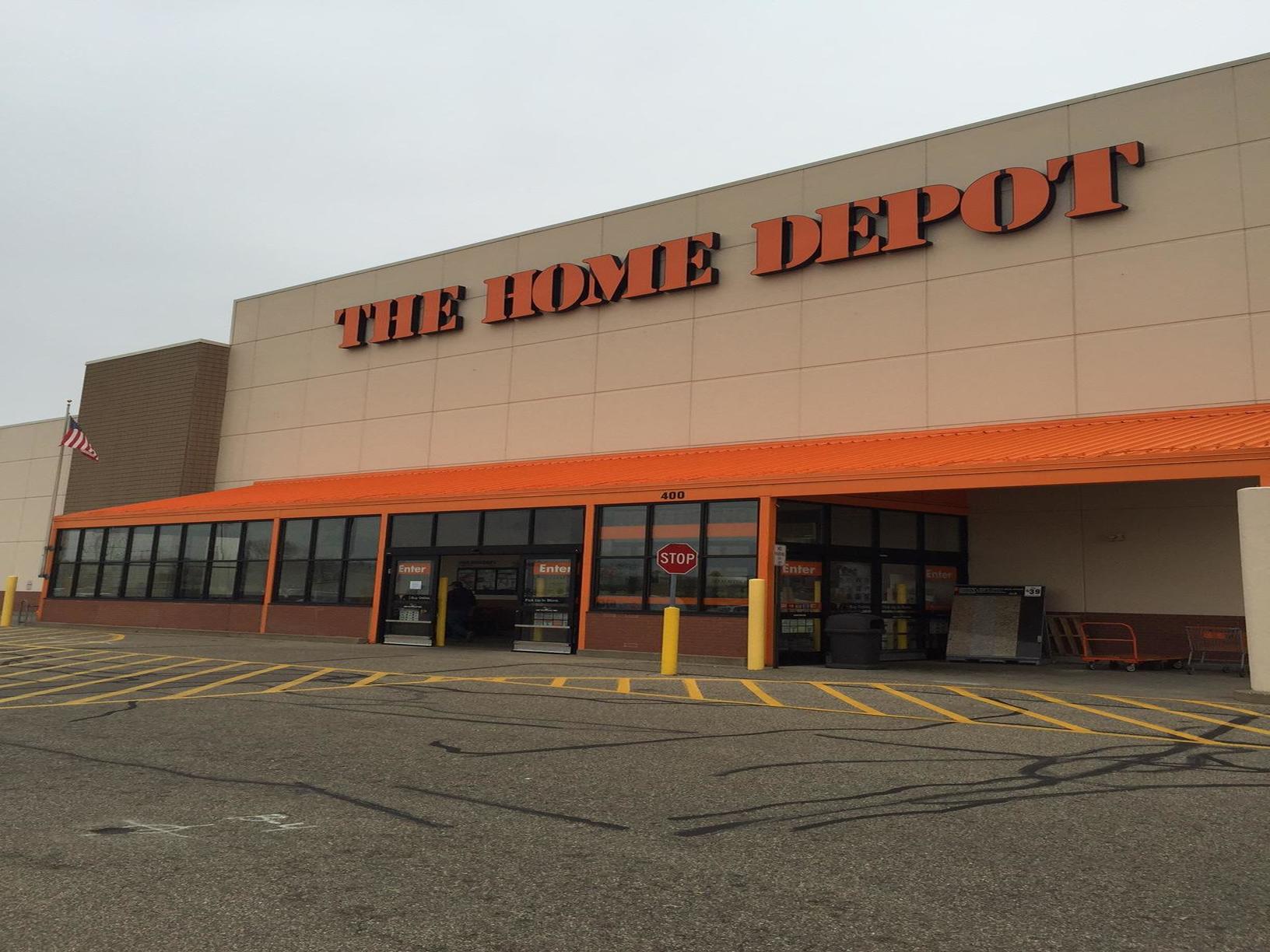If you've noticed that your kitchen sink with disposal is draining slowly or not at all, the first step you should take is to try using a plunger. This trusty tool can help to dislodge any blockages that may be causing the problem. Make sure to cover the drain opening completely with the plunger, and then plunge up and down several times. This will create suction, which can help to remove the clog. You may need to repeat this process a few times to fully unclog the sink.1. Use a plunger to unclog the kitchen sink
If the plunger isn't doing the trick, the next step is to try using a drain snake. This long, flexible tool can reach deep into your pipes to break up and remove any stubborn clogs. Insert the snake into the drain and turn the handle clockwise to help it move through the pipes. Once you've reached the blockage, turn the snake counterclockwise to help break it up. Then, pull the snake out of the drain and dispose of any debris that may have come out with it.2. Try using a drain snake to remove any blockages
If your kitchen sink is clogged due to grease or food debris, pouring boiling water down the drain can help to break it up and clear the blockage. Boil a pot of water on the stove and carefully pour it down the drain. This can help to melt and loosen any buildup in the pipes. You may need to repeat this process a few times to fully unclog the sink.3. Pour boiling water down the drain to break up any grease or debris
Baking soda and vinegar are two common household items that can be used to create a natural and effective drain cleaner. The chemical reaction between the two can help to dissolve clogs and clear your sink. Start by pouring half a cup of baking soda down the drain, followed by one cup of vinegar. Let the mixture sit for about 10 minutes, then pour boiling water down the drain to flush it out.4. Use a mixture of baking soda and vinegar to dissolve clogs
If you have a garbage disposal attached to your kitchen sink, it's important to check it for any obstructions that may be causing the clog. Make sure the disposal is turned off and then use tongs or pliers to remove any visible debris that may be stuck in the blades. You can also try turning the disposal on and off a few times to help loosen any blockages. Just be sure to avoid putting your hands or any other objects down the disposal.5. Check the garbage disposal for any obstructions and remove them
If you have a garbage disposal, it's important to use a plunger specifically designed for kitchen sinks. These plungers have a larger opening at the bottom to accommodate the disposal and can create a better seal over the drain. Using the right plunger can make a big difference in unclogging your kitchen sink, so it may be worth investing in one if you have a disposal.6. Use a plunger specifically designed for kitchen sinks with disposals
If none of the above methods are successful in unclogging your kitchen sink, you may want to try using a commercial drain cleaner. These products are specifically designed to break up and dissolve clogs in your pipes. Be sure to follow the instructions on the product carefully and use caution when handling chemicals. You may also want to wear gloves and protective eyewear to avoid any potential splashes or spills.7. Try using a commercial drain cleaner
If you're dealing with a particularly stubborn clog, a plumbing snake may be necessary to fully clear it out. These tools are longer and sturdier than drain snakes and can easily break up and remove larger blockages in your pipes. Insert the snake into the drain and turn the handle to help it move through the pipes. Once you've reached the blockage, turn the snake to help break it up. Then, pull the snake out of the drain and dispose of any debris that may have come out with it.8. Use a plumbing snake to clear out any larger blockages
If your kitchen sink is connected to a dishwasher, it's important to check the connection for any clogs. Sometimes, debris from the dishwasher can get stuck in the pipe and cause a backup in the sink. Disconnect the hose from the dishwasher and use a plumbing snake or a wire hanger to remove any blockages. Once the hose is clear, reattach it and test the sink to see if it's draining properly.9. Check the dishwasher connection for any clogs
If you've tried all of these methods and your kitchen sink is still clogged, it may be time to call in a professional plumber. They have the tools and expertise to fully unclog your sink and identify any underlying issues that may be causing the problem. Don't hesitate to call a plumber if you're unsure about how to unclog your sink or if the clog persists despite your efforts. It's always better to get the problem taken care of by a professional to avoid any further damage or costly repairs. With these 10 tips, you should be able to unclog your kitchen sink with disposal and get back to your daily routine. Remember to always use caution when handling chemicals or tools, and don't hesitate to call a professional if you're unsure about how to handle the problem. Keeping your sink and pipes clean and well-maintained can also help to prevent future clogs, so be sure to practice good habits in your kitchen. Happy unclogging!10. Call a professional plumber if the clog persists
How to Effectively Unclog Your Kitchen Sink with Disposal

Troubleshooting Your Clogged Kitchen Sink
 If you have a clogged kitchen sink with disposal, you know how frustrating it can be. Not only does it slow down your daily tasks, but it can also lead to unpleasant odors and potential damage to your disposal unit. Fortunately, with the right tools and techniques, you can easily unclog your kitchen sink with disposal and get back to your normal routine. In this article, we will walk you through the steps to effectively unclog your kitchen sink with disposal.
If you have a clogged kitchen sink with disposal, you know how frustrating it can be. Not only does it slow down your daily tasks, but it can also lead to unpleasant odors and potential damage to your disposal unit. Fortunately, with the right tools and techniques, you can easily unclog your kitchen sink with disposal and get back to your normal routine. In this article, we will walk you through the steps to effectively unclog your kitchen sink with disposal.
Step 1: Check the Disposal Unit
 Before you start trying to unclog your kitchen sink, it's important to check the disposal unit. Make sure it is turned off and unplugged from the power source.
Clear out any visible debris or food particles from the disposal unit using tongs or pliers, and then rinse it with warm water.
This will help ensure that the disposal unit is not the cause of the clog.
Before you start trying to unclog your kitchen sink, it's important to check the disposal unit. Make sure it is turned off and unplugged from the power source.
Clear out any visible debris or food particles from the disposal unit using tongs or pliers, and then rinse it with warm water.
This will help ensure that the disposal unit is not the cause of the clog.
Step 2: Use a Plunger
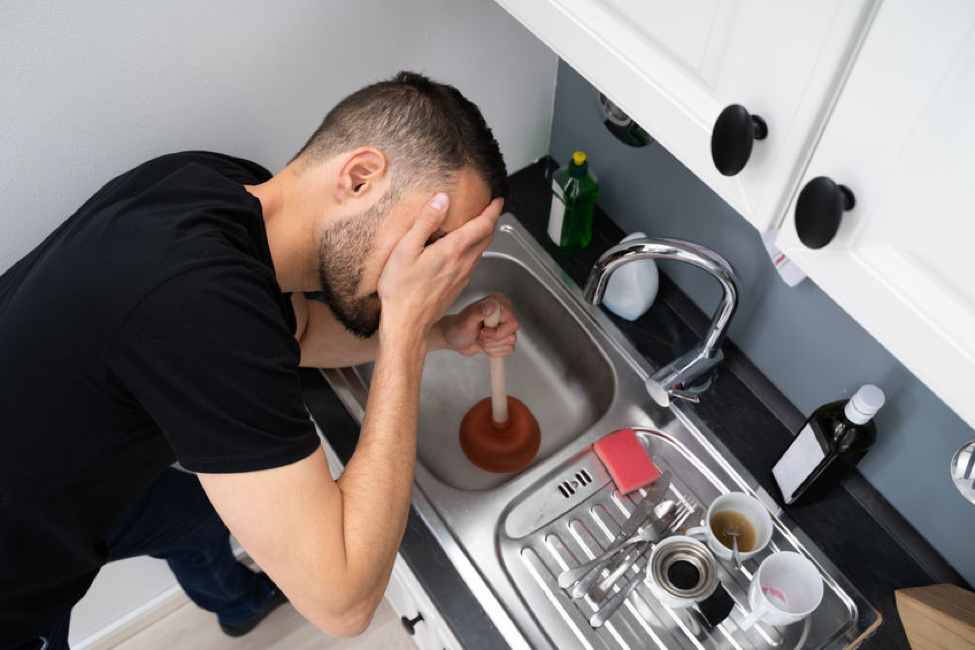 One of the most effective ways to unclog a kitchen sink with disposal is by using a plunger.
Fill the sink with enough water to cover the rubber part of the plunger and place it over the drain.
Push and pull the plunger up and down vigorously for about a minute to create suction and dislodge the clog.
If the water starts to drain, you have successfully unclogged your kitchen sink. If not, move on to the next step.
One of the most effective ways to unclog a kitchen sink with disposal is by using a plunger.
Fill the sink with enough water to cover the rubber part of the plunger and place it over the drain.
Push and pull the plunger up and down vigorously for about a minute to create suction and dislodge the clog.
If the water starts to drain, you have successfully unclogged your kitchen sink. If not, move on to the next step.
Step 3: Try a Plumbing Snake
 If the plunger doesn't work, you can try using a plumbing snake to remove the clog.
Insert the snake into the drain, rotating it as you push it through the pipes.
When you feel resistance, rotate the snake in the opposite direction to help break up the clog. Once the snake has gone through the pipes, pull it back out and run hot water down the drain to flush out any remaining debris.
If the plunger doesn't work, you can try using a plumbing snake to remove the clog.
Insert the snake into the drain, rotating it as you push it through the pipes.
When you feel resistance, rotate the snake in the opposite direction to help break up the clog. Once the snake has gone through the pipes, pull it back out and run hot water down the drain to flush out any remaining debris.
Step 4: Use Baking Soda and Vinegar
 If the clog is not too severe, you can try using a combination of baking soda and vinegar to dissolve it.
Pour a cup of baking soda down the drain, followed by a cup of vinegar.
Cover the drain with a plug or a cloth to prevent the mixture from bubbling out. After 15 minutes, pour hot water down the drain to flush out the clog.
If the clog is not too severe, you can try using a combination of baking soda and vinegar to dissolve it.
Pour a cup of baking soda down the drain, followed by a cup of vinegar.
Cover the drain with a plug or a cloth to prevent the mixture from bubbling out. After 15 minutes, pour hot water down the drain to flush out the clog.
Step 5: Call a Professional
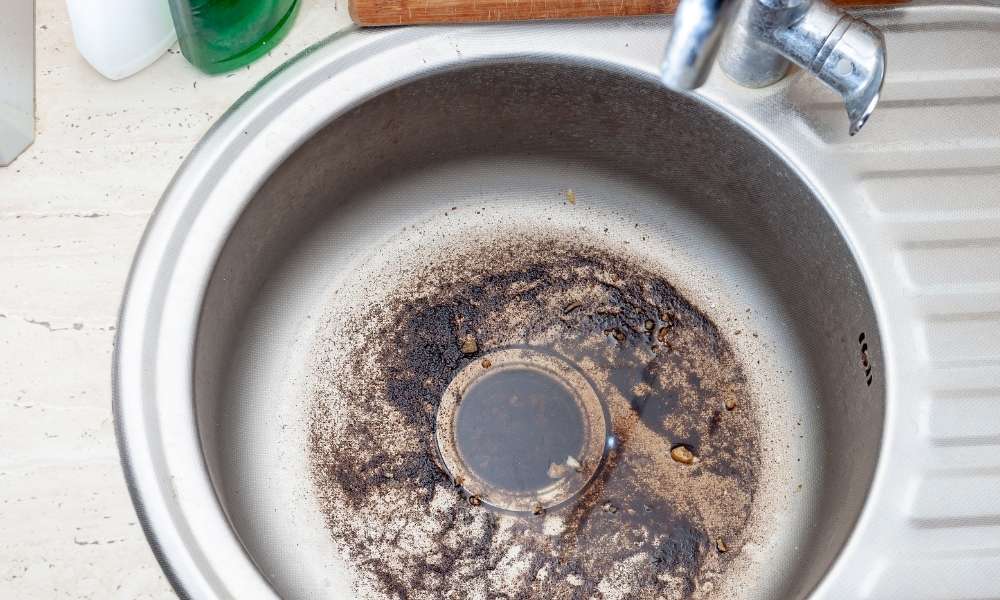 If none of the above methods work and your kitchen sink is still clogged, it might be time to call a professional plumber. They have the tools and expertise to effectively unclog your kitchen sink and ensure that your disposal unit is working properly.
If none of the above methods work and your kitchen sink is still clogged, it might be time to call a professional plumber. They have the tools and expertise to effectively unclog your kitchen sink and ensure that your disposal unit is working properly.
In Conclusion
 A clogged kitchen sink with disposal can be a hassle, but with these steps, you can easily unclog it and get back to your daily routine.
Remember to always exercise caution and follow safety measures when dealing with plumbing issues.
If the clog is too severe, don't hesitate to call a professional for help.
A clogged kitchen sink with disposal can be a hassle, but with these steps, you can easily unclog it and get back to your daily routine.
Remember to always exercise caution and follow safety measures when dealing with plumbing issues.
If the clog is too severe, don't hesitate to call a professional for help.




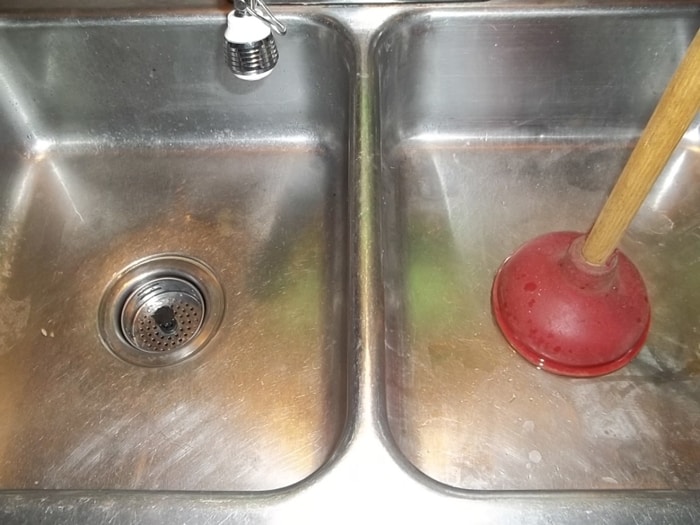
:max_bytes(150000):strip_icc()/unclogging-a-toilet-with-a-plunger-2719030_final_horizontal_10_18-d33deec2a8084e289a5427c6745a0d32.png)

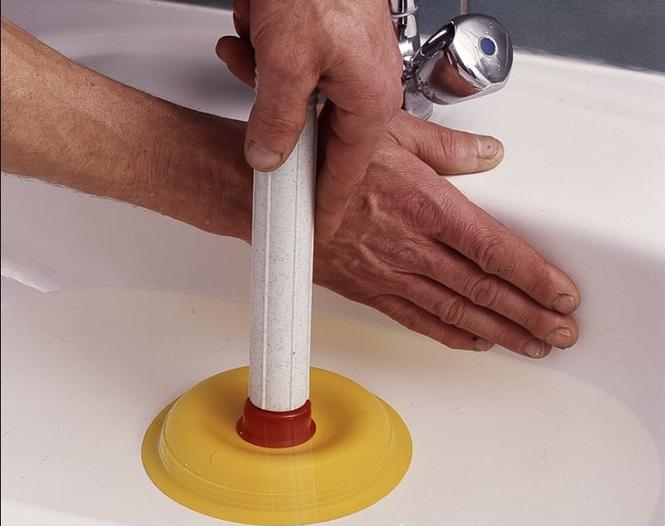



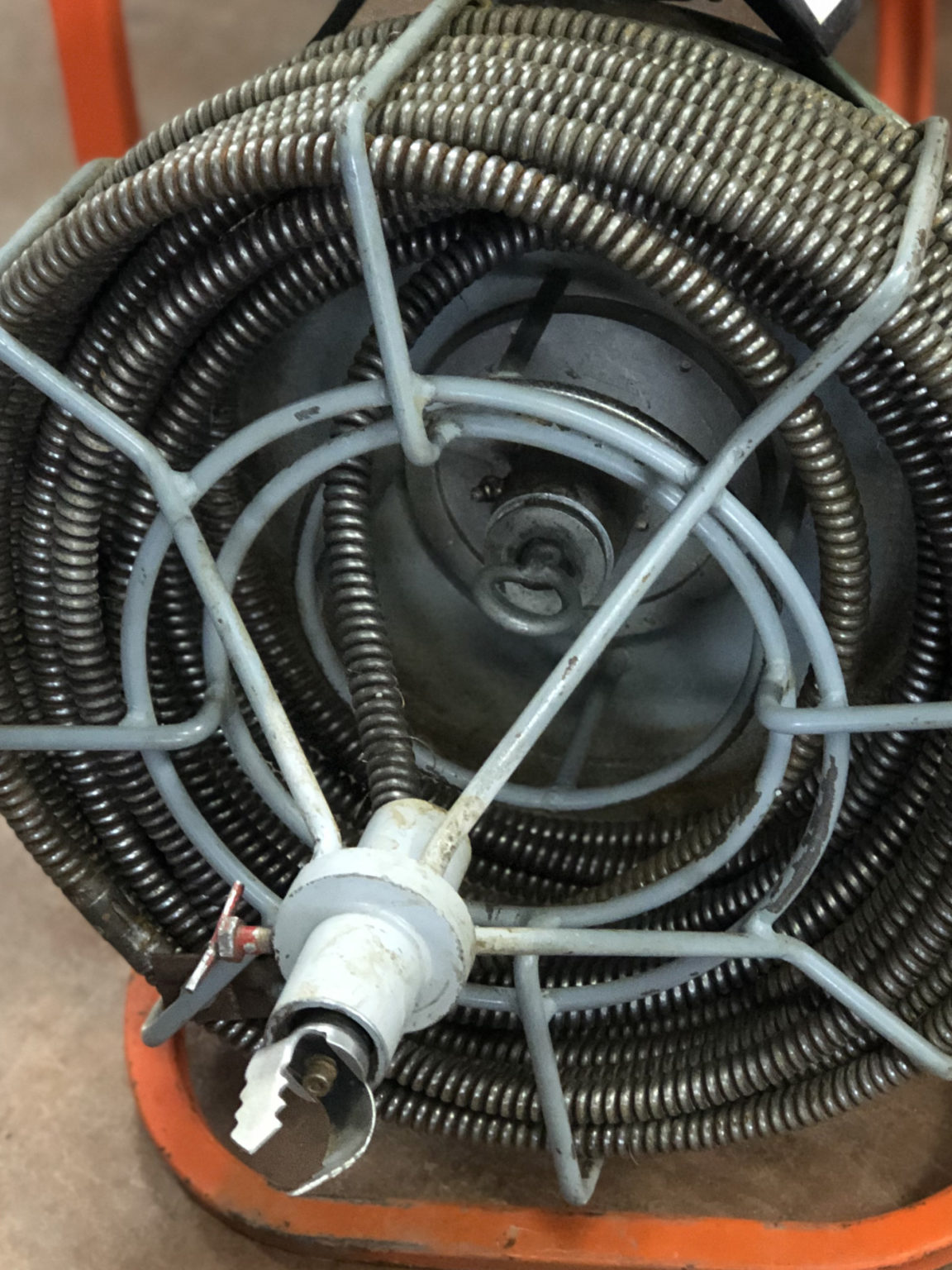

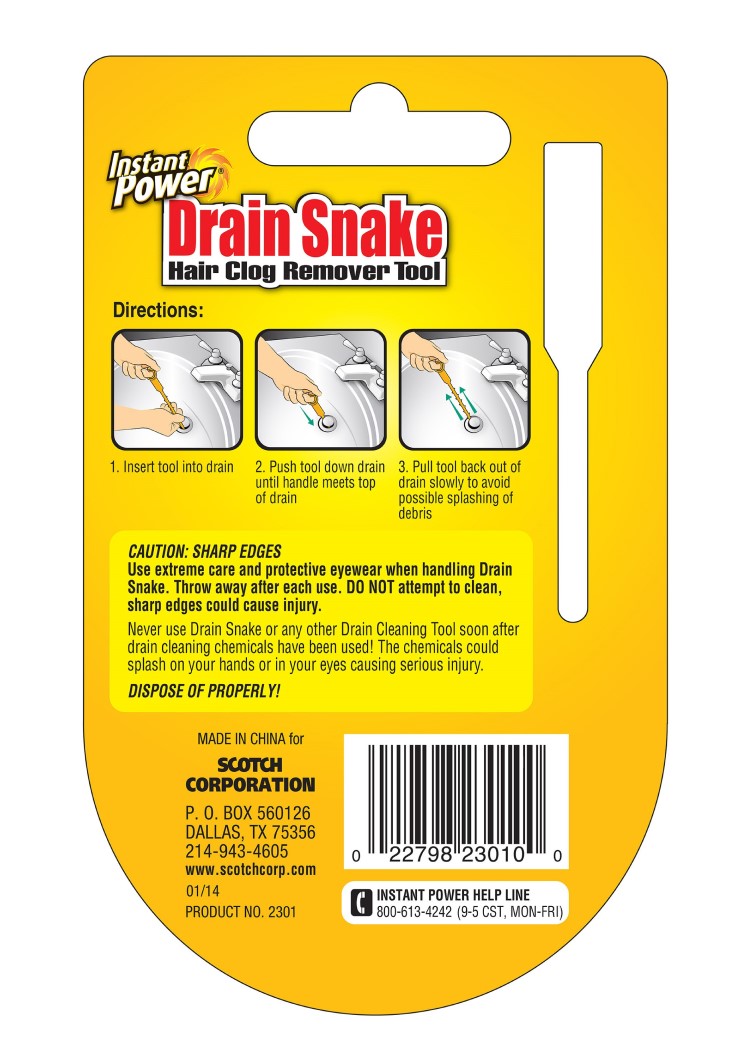
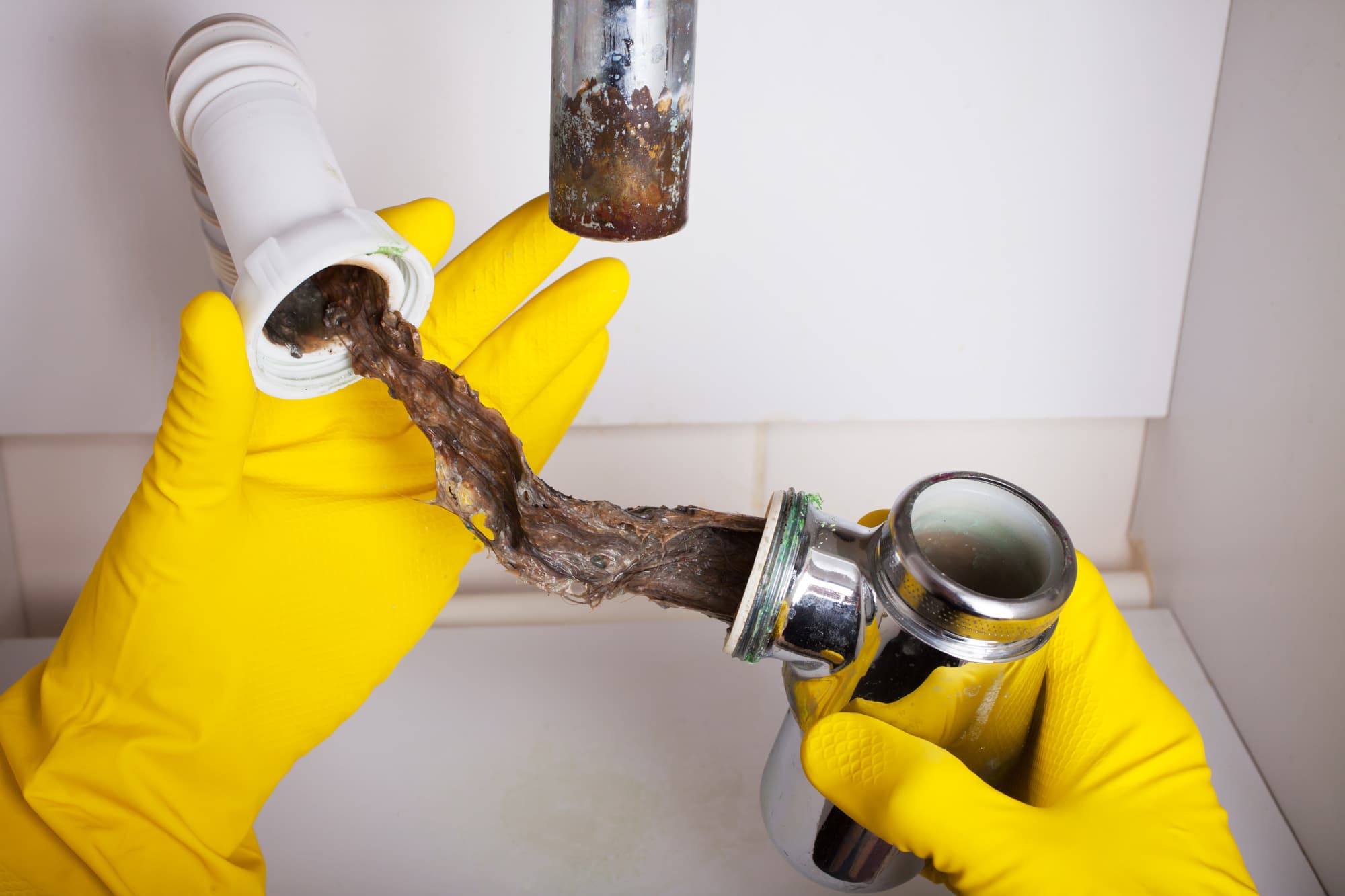
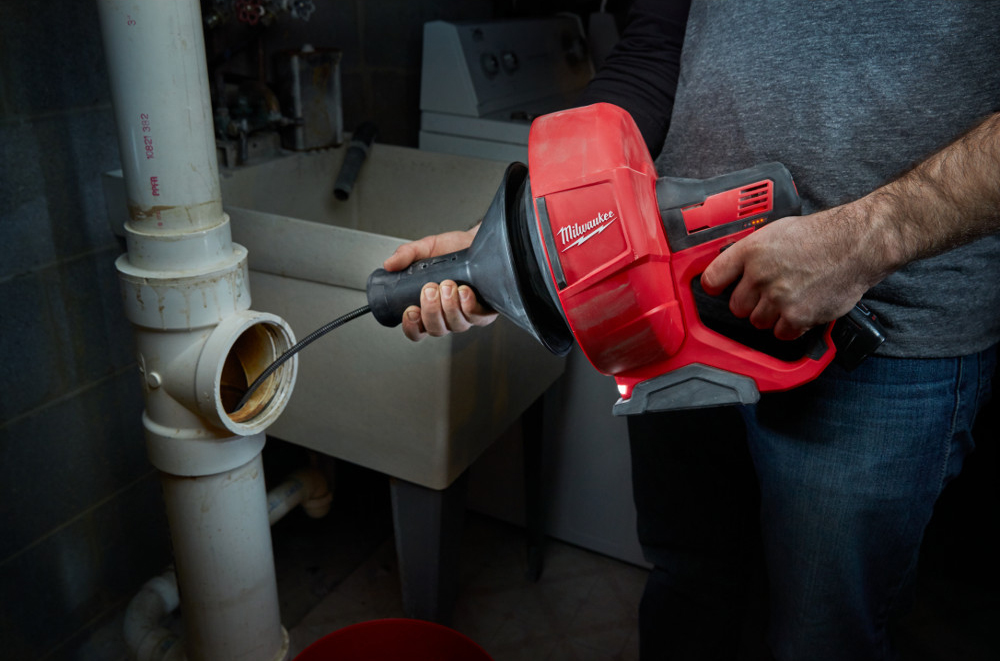


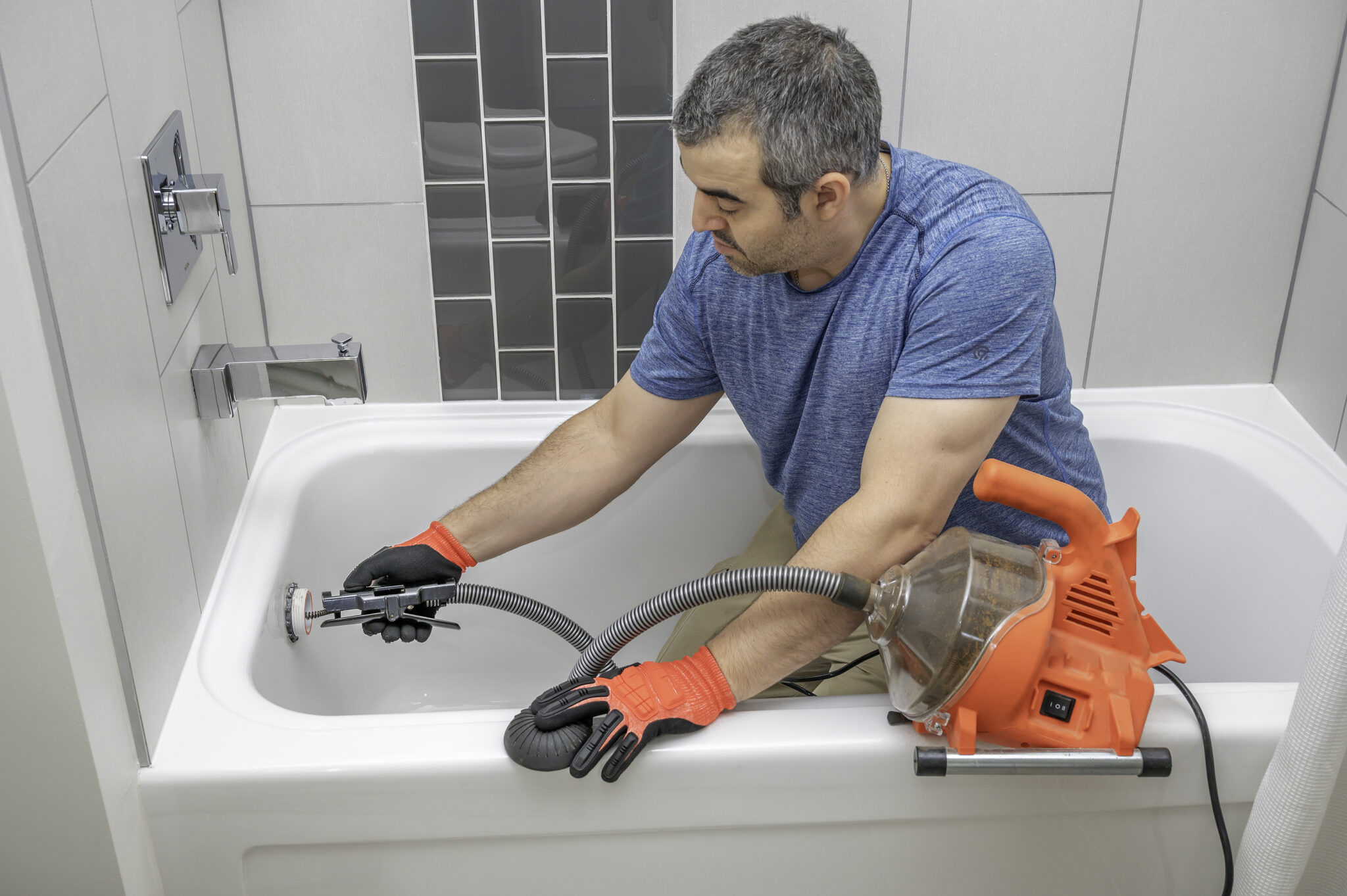

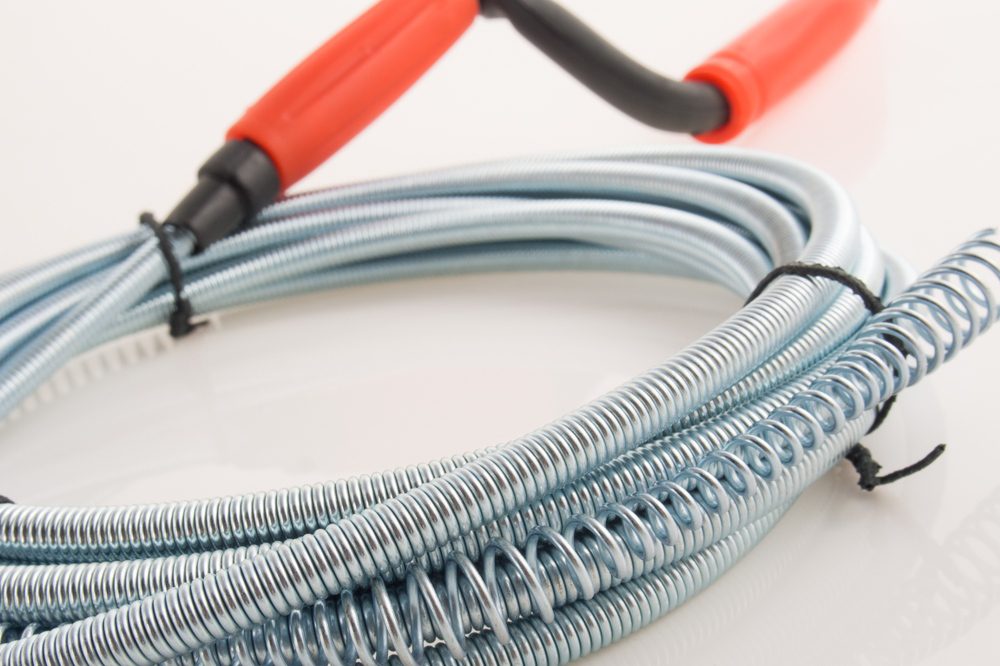


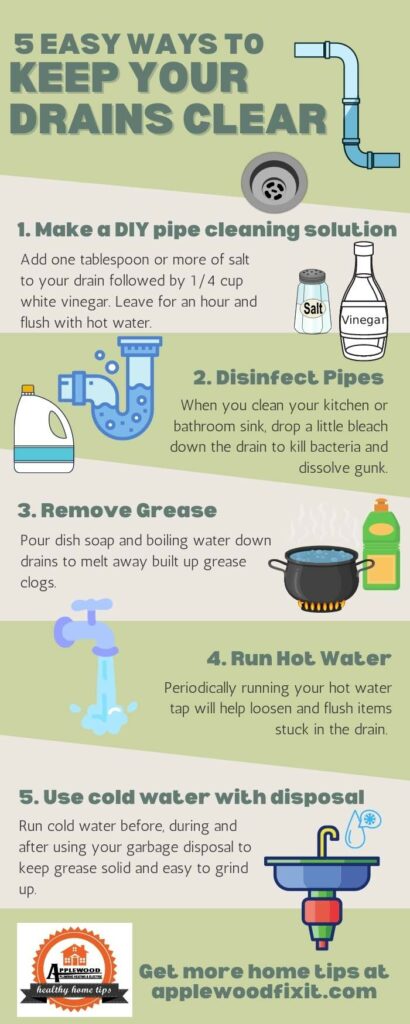
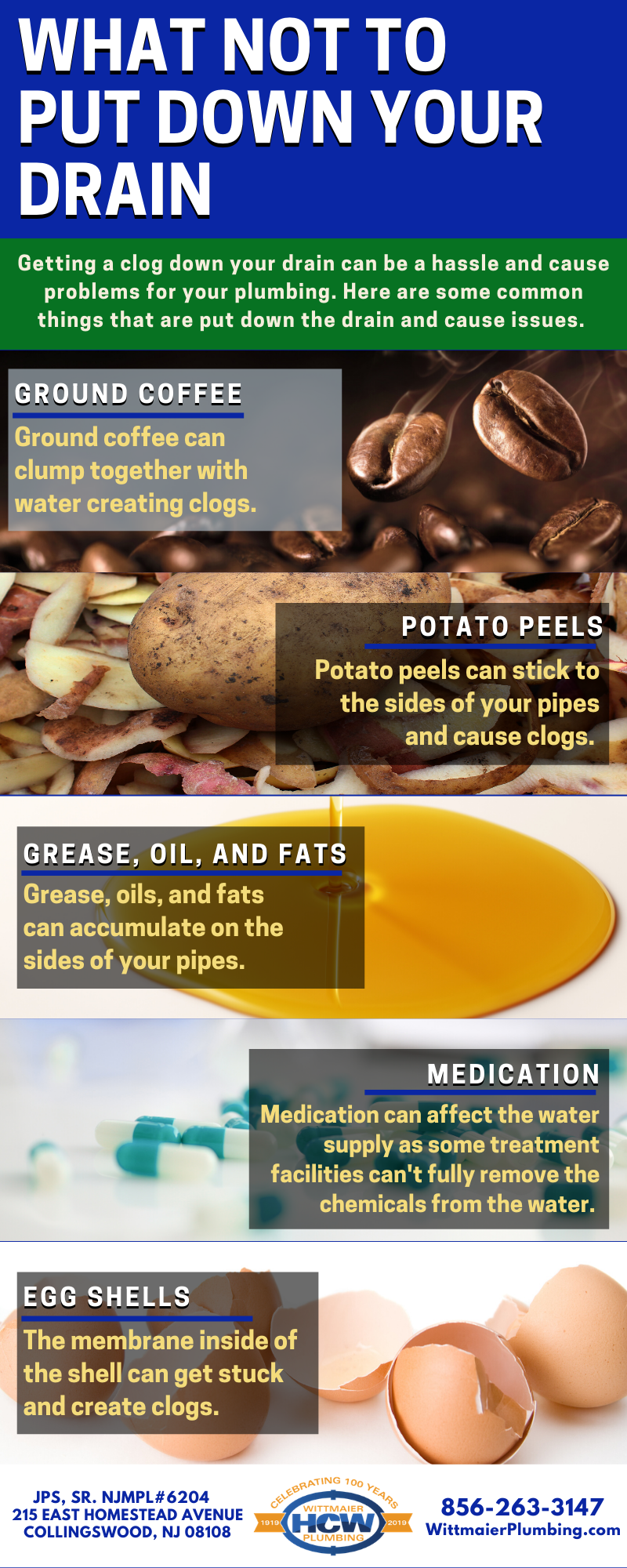


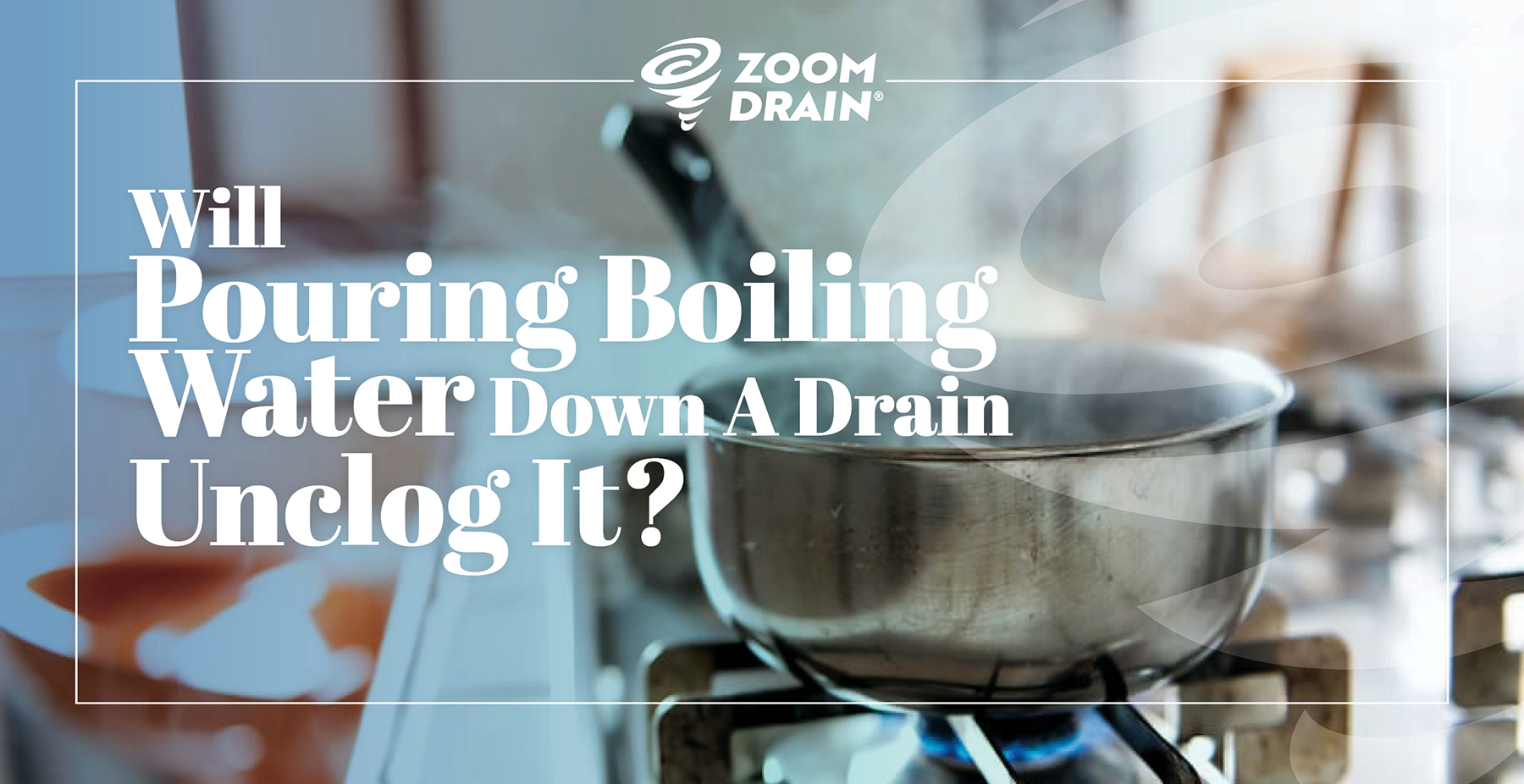

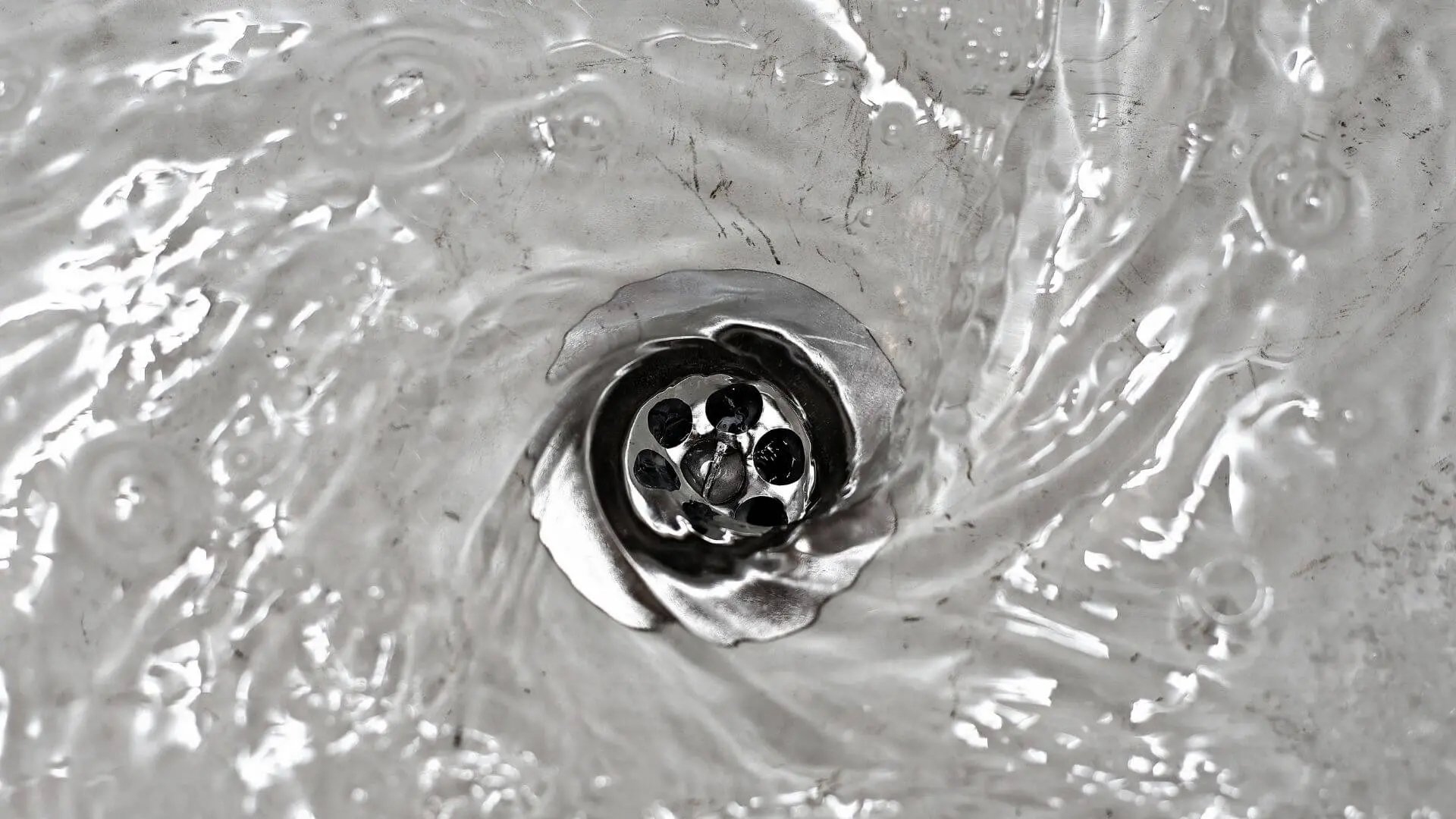
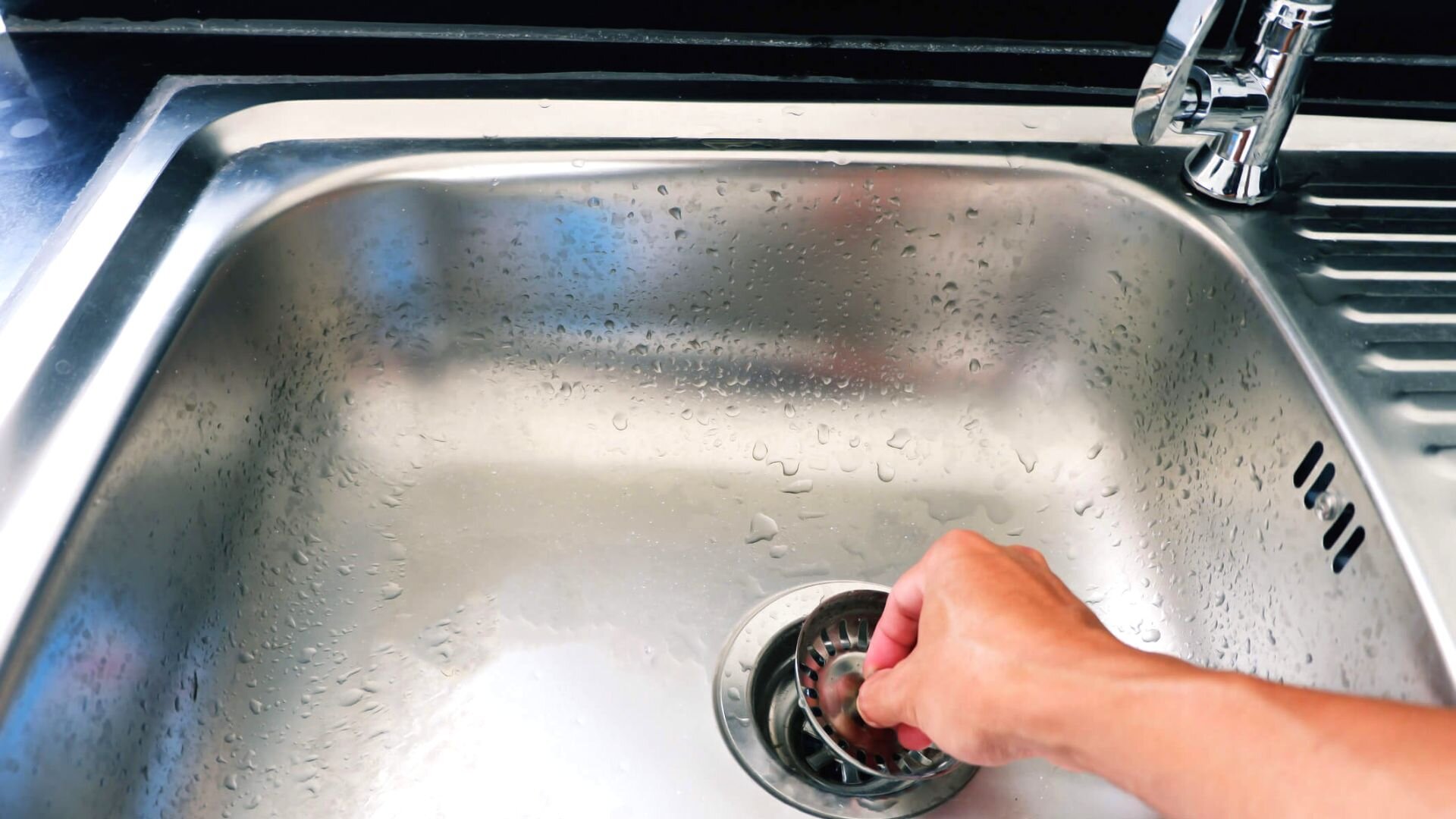




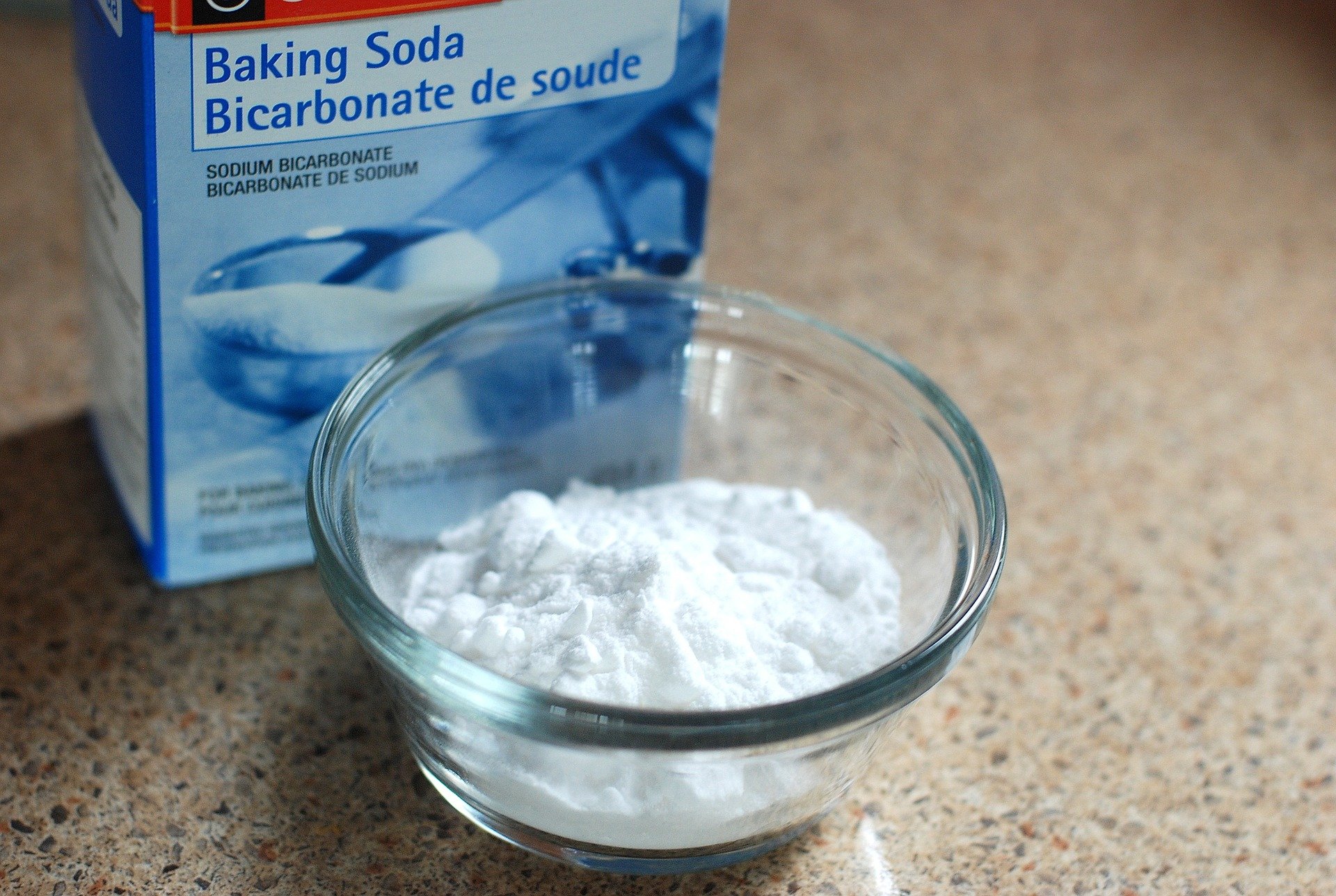





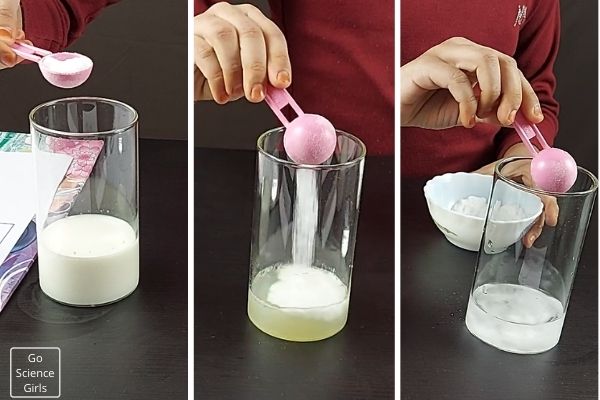


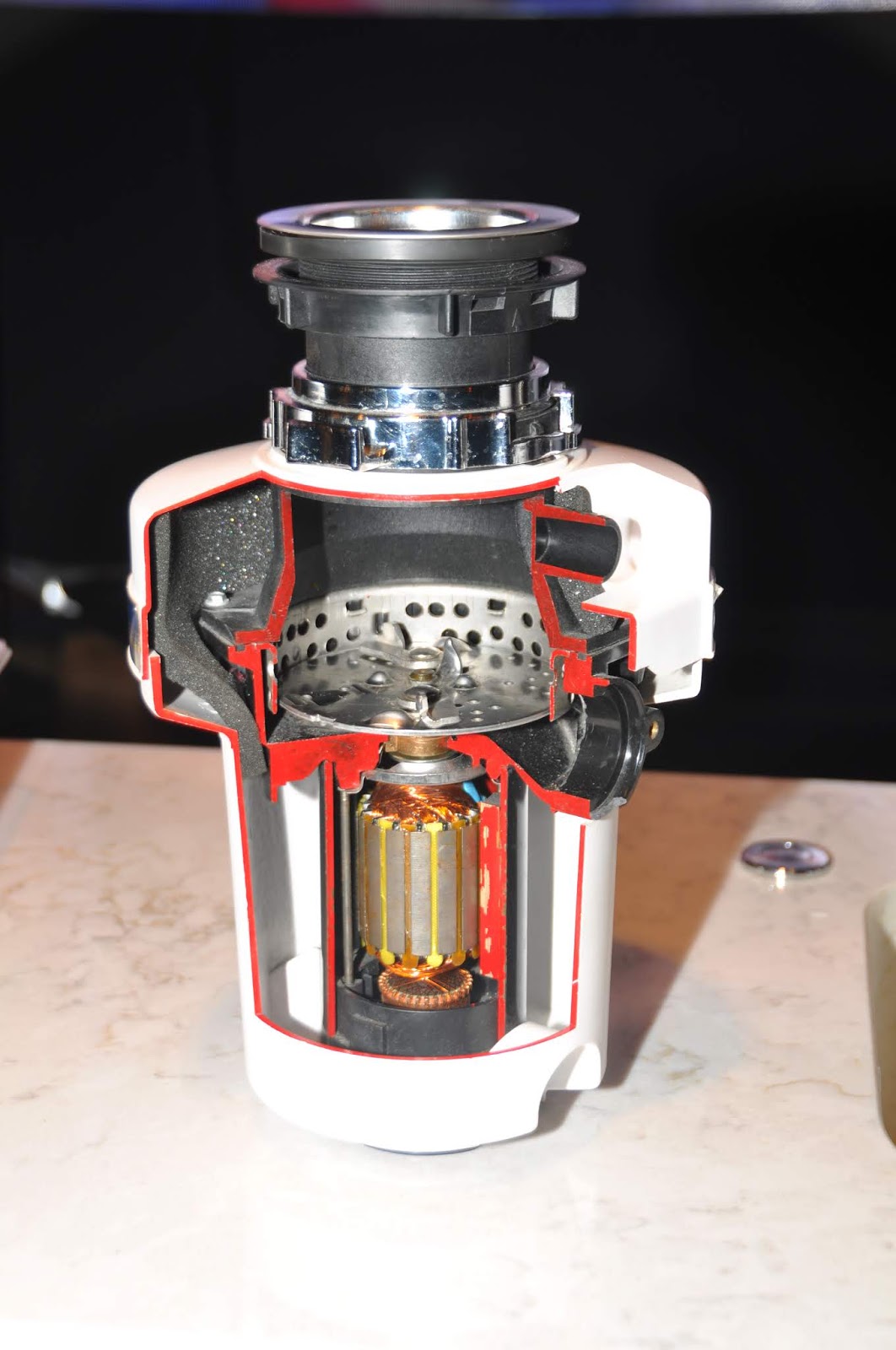

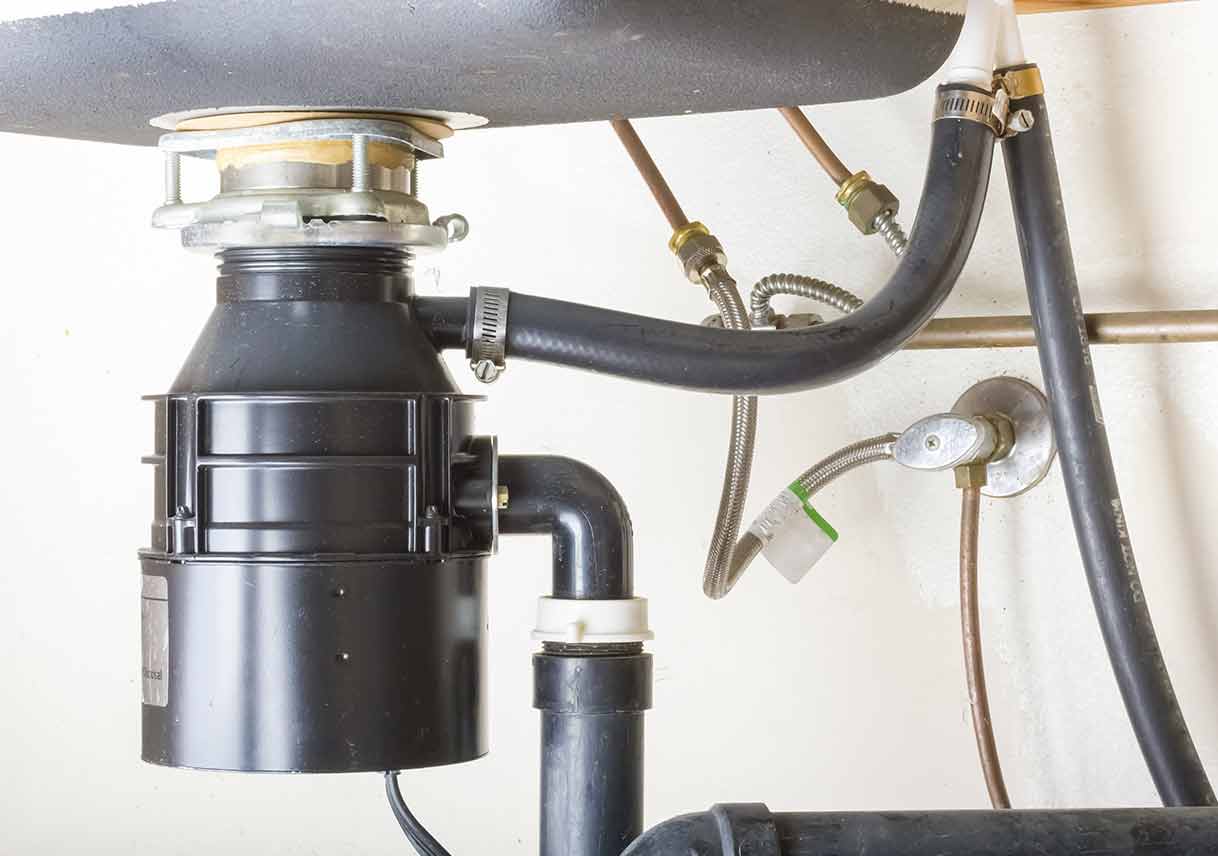
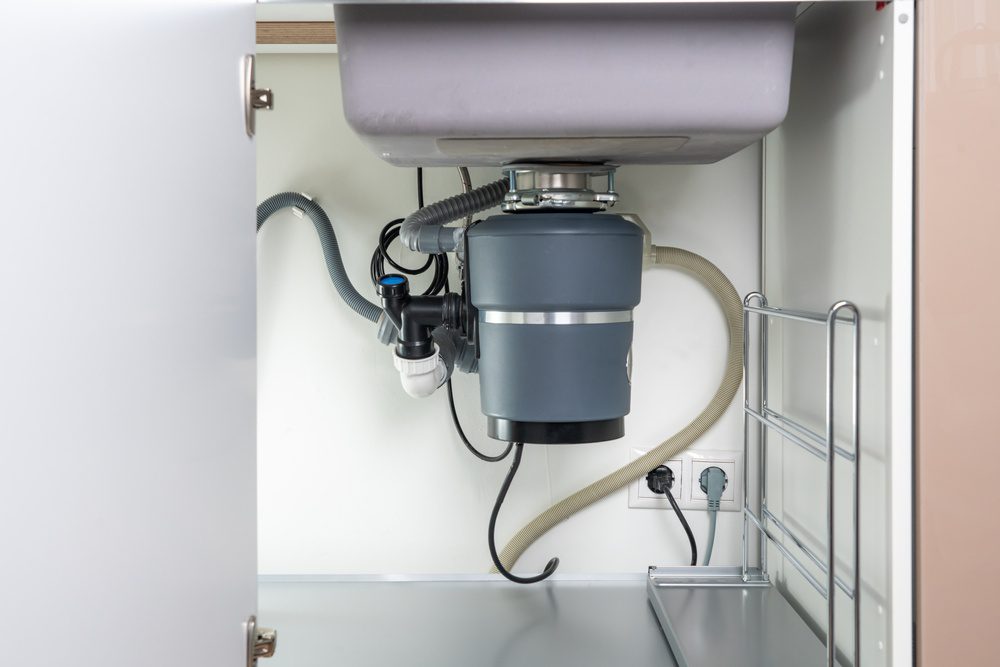

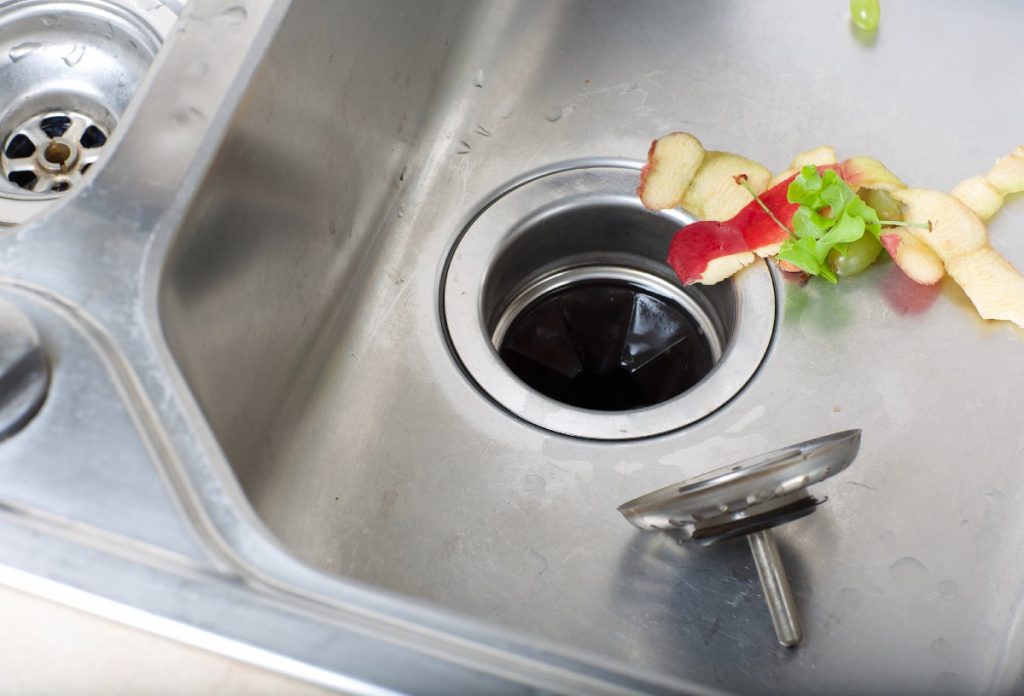
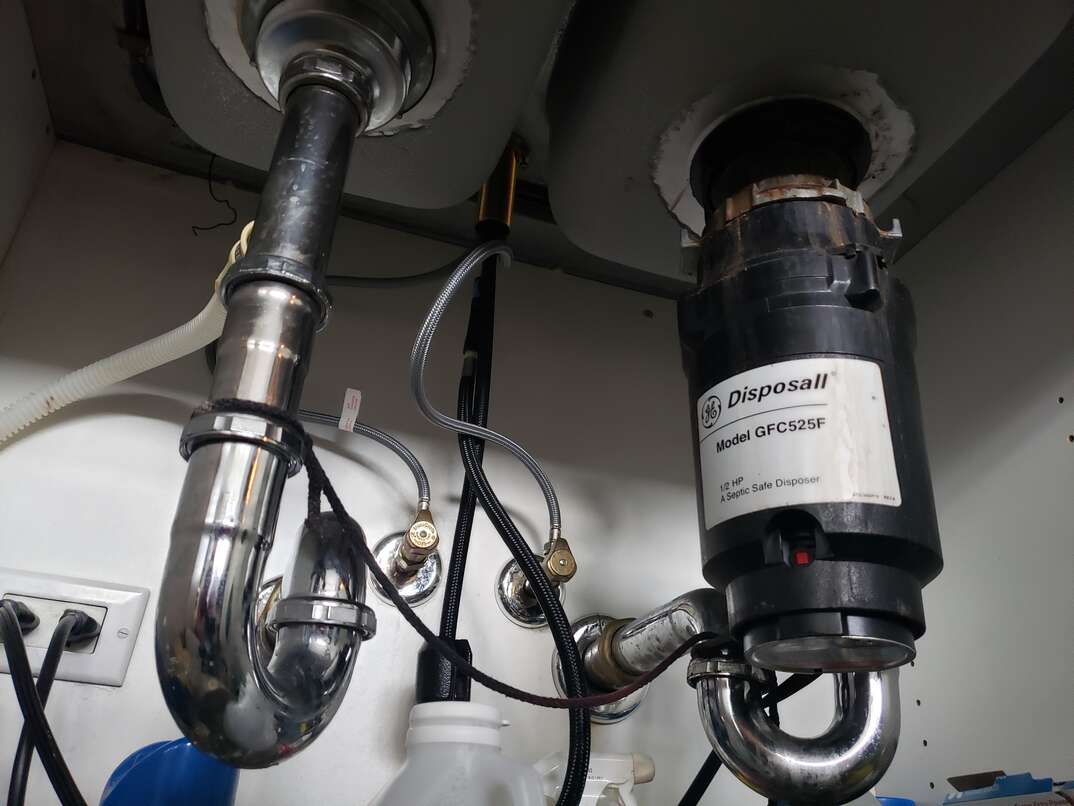
:max_bytes(150000):strip_icc()/how-to-reset-a-garbage-disposal-5223533-01-fc272af17ef64a7abdc07984c2807650.jpg)
